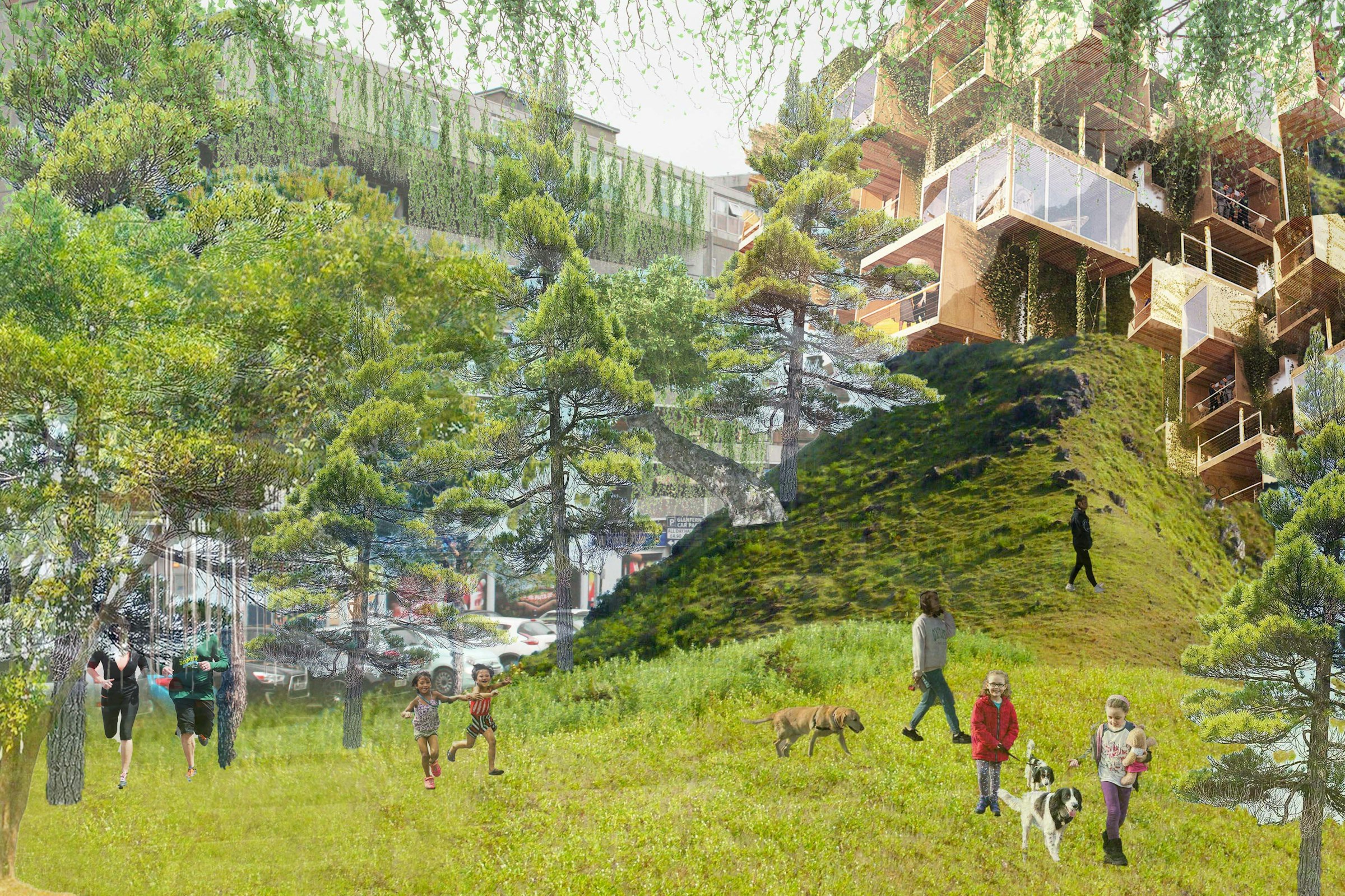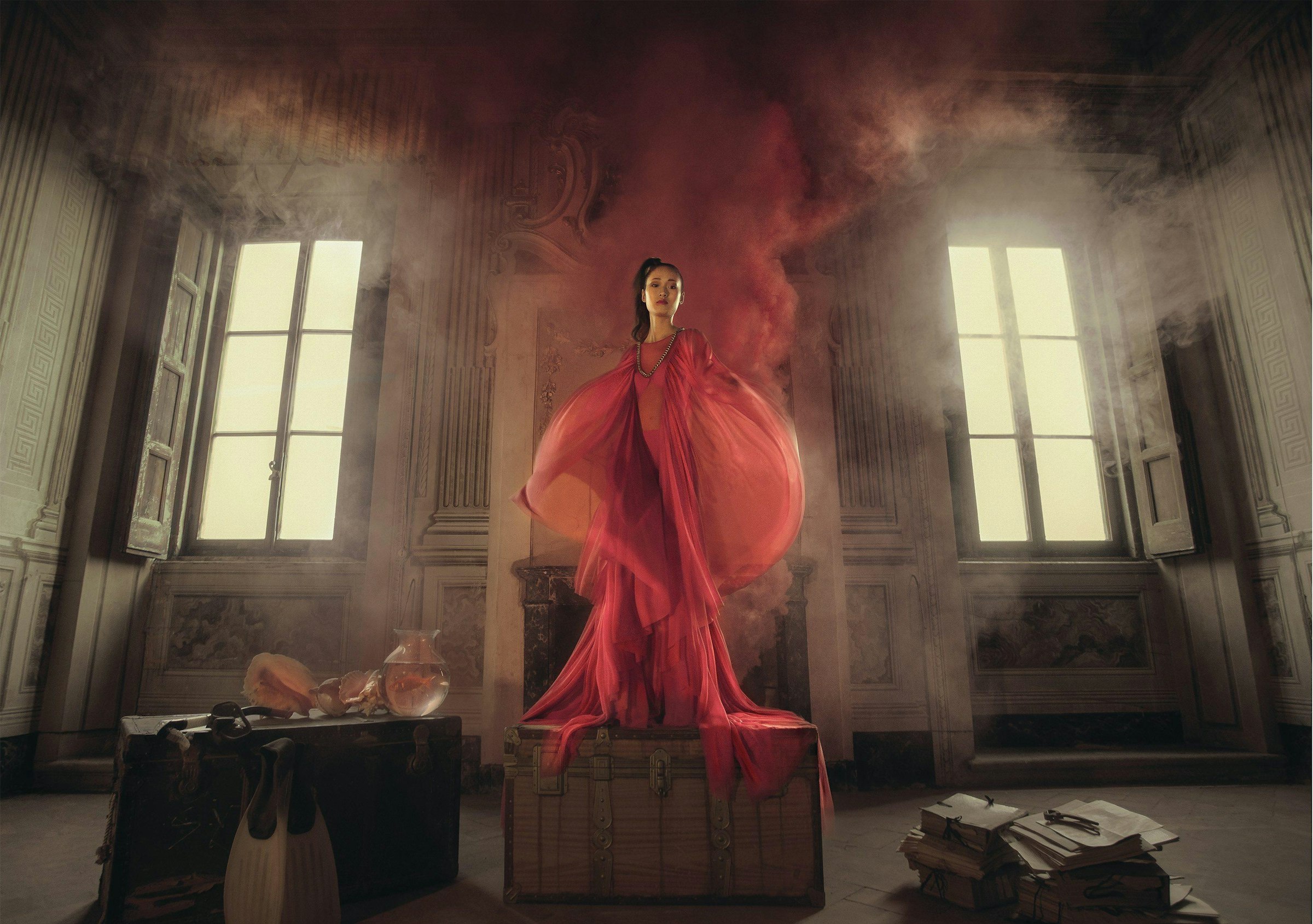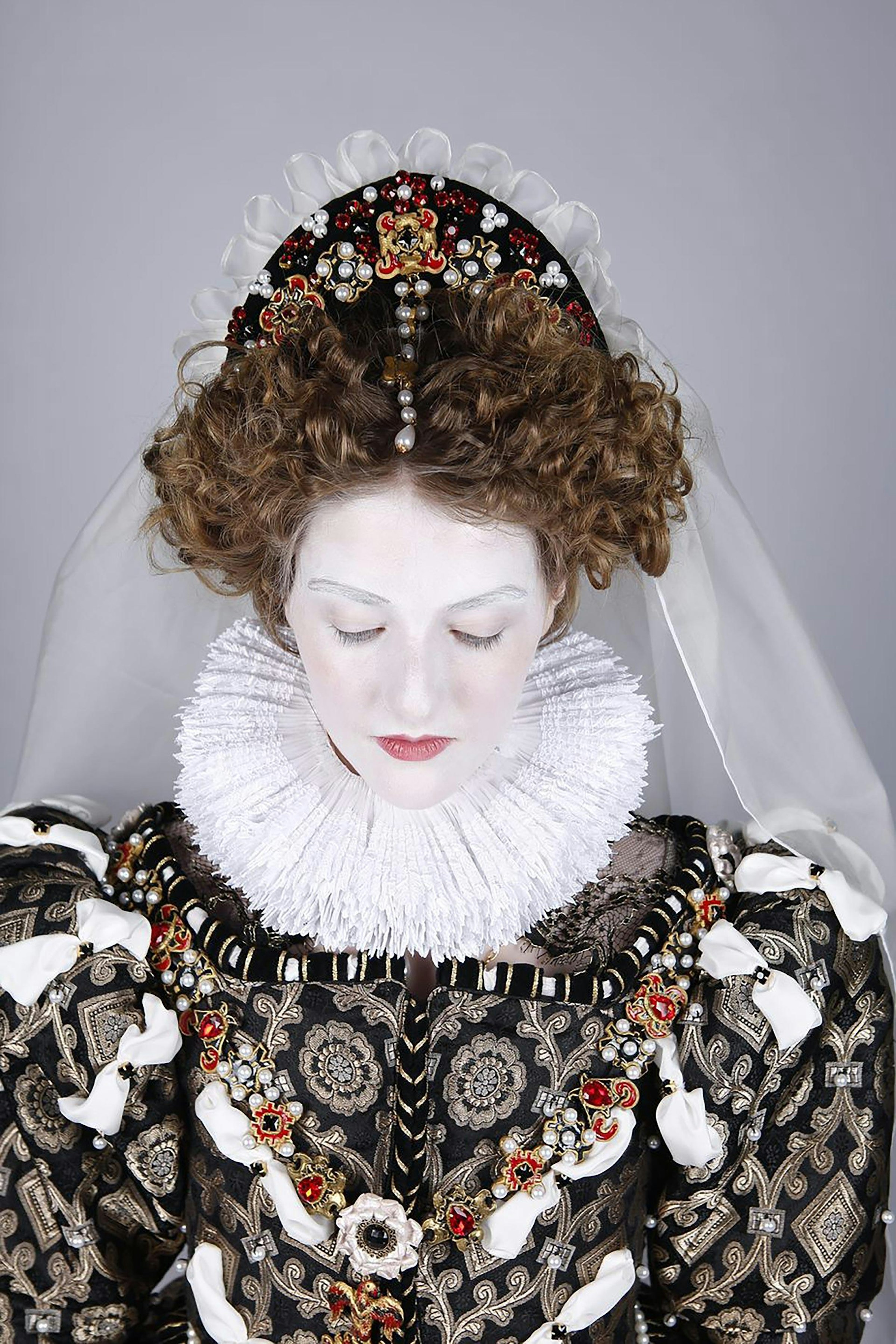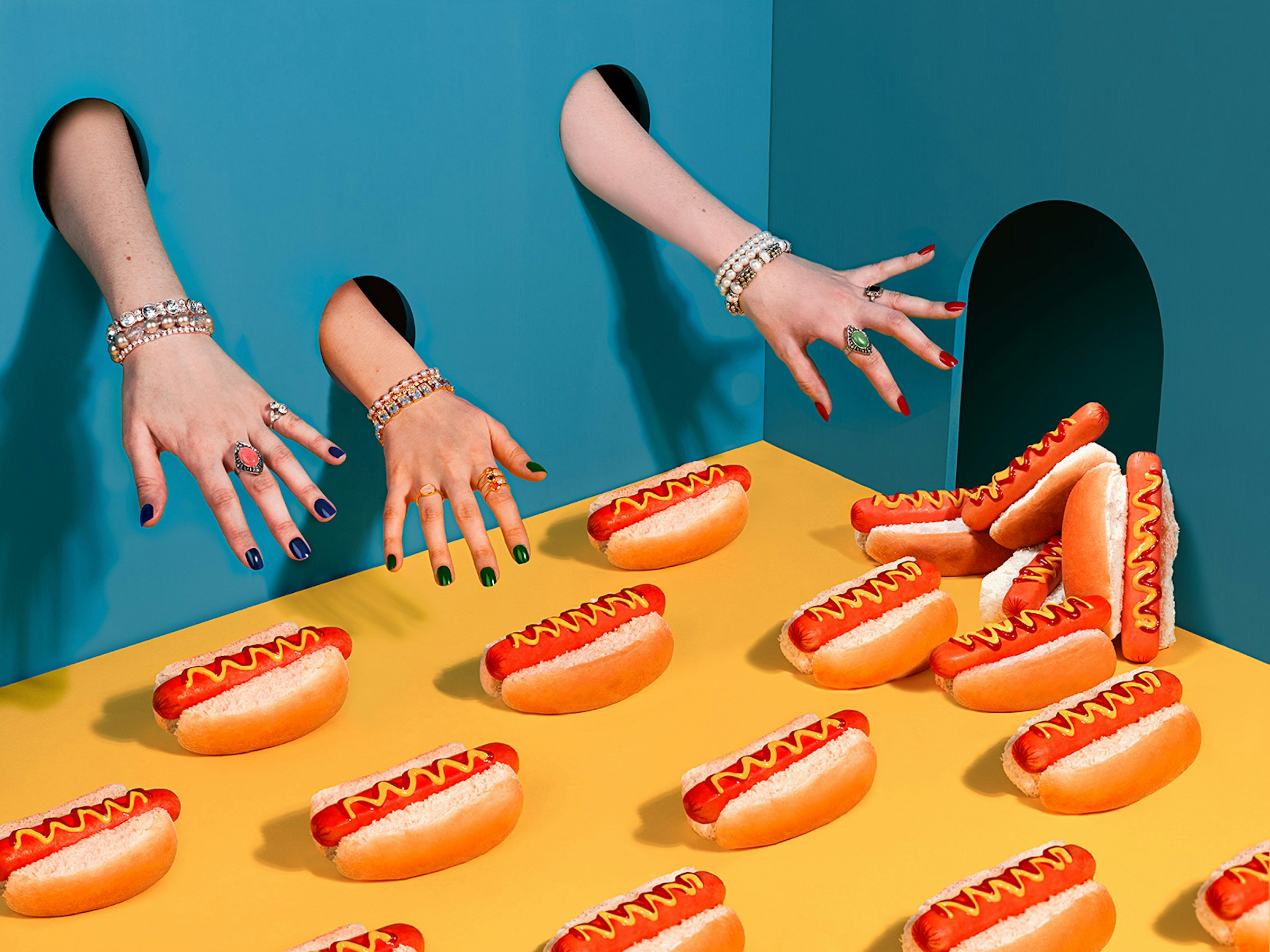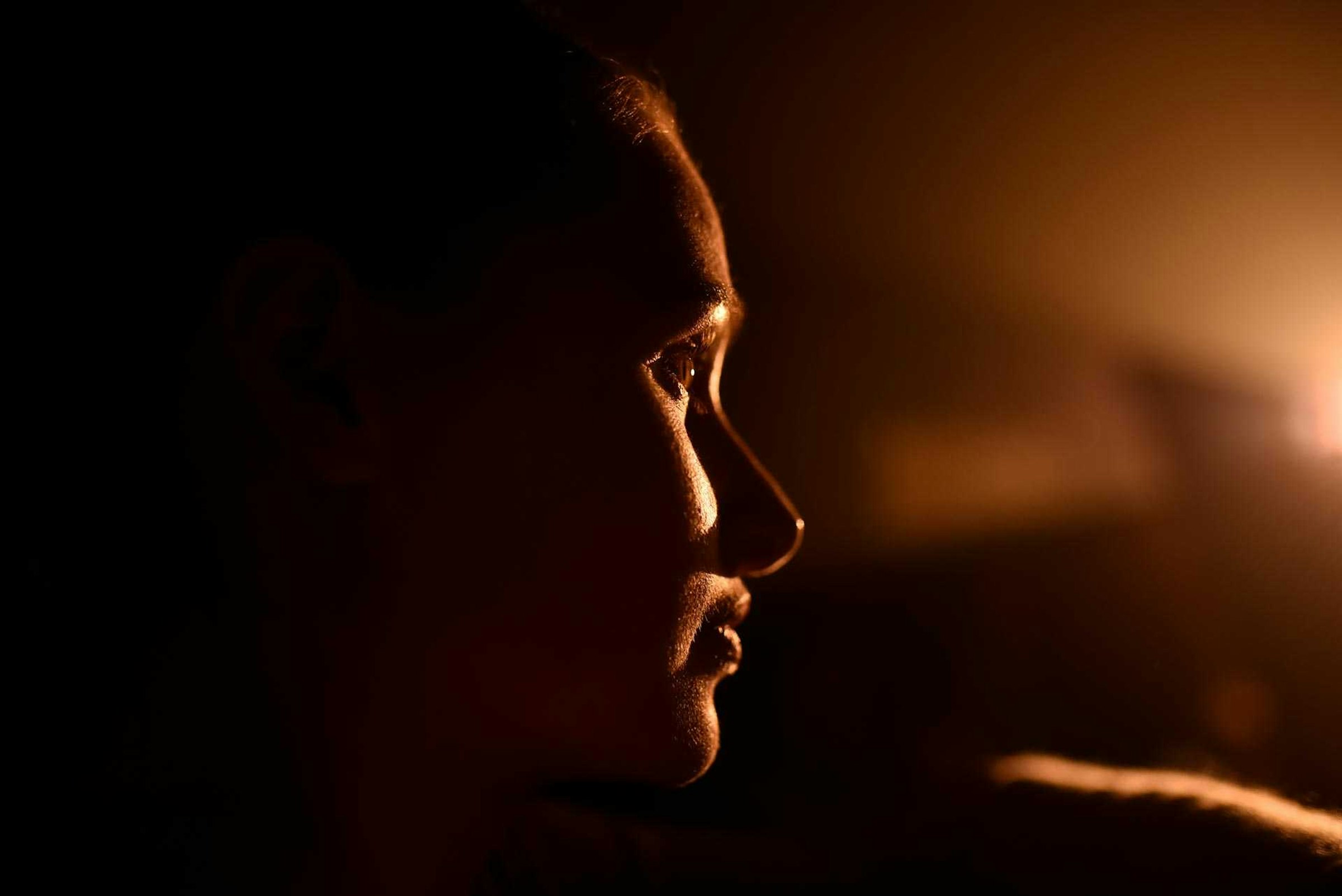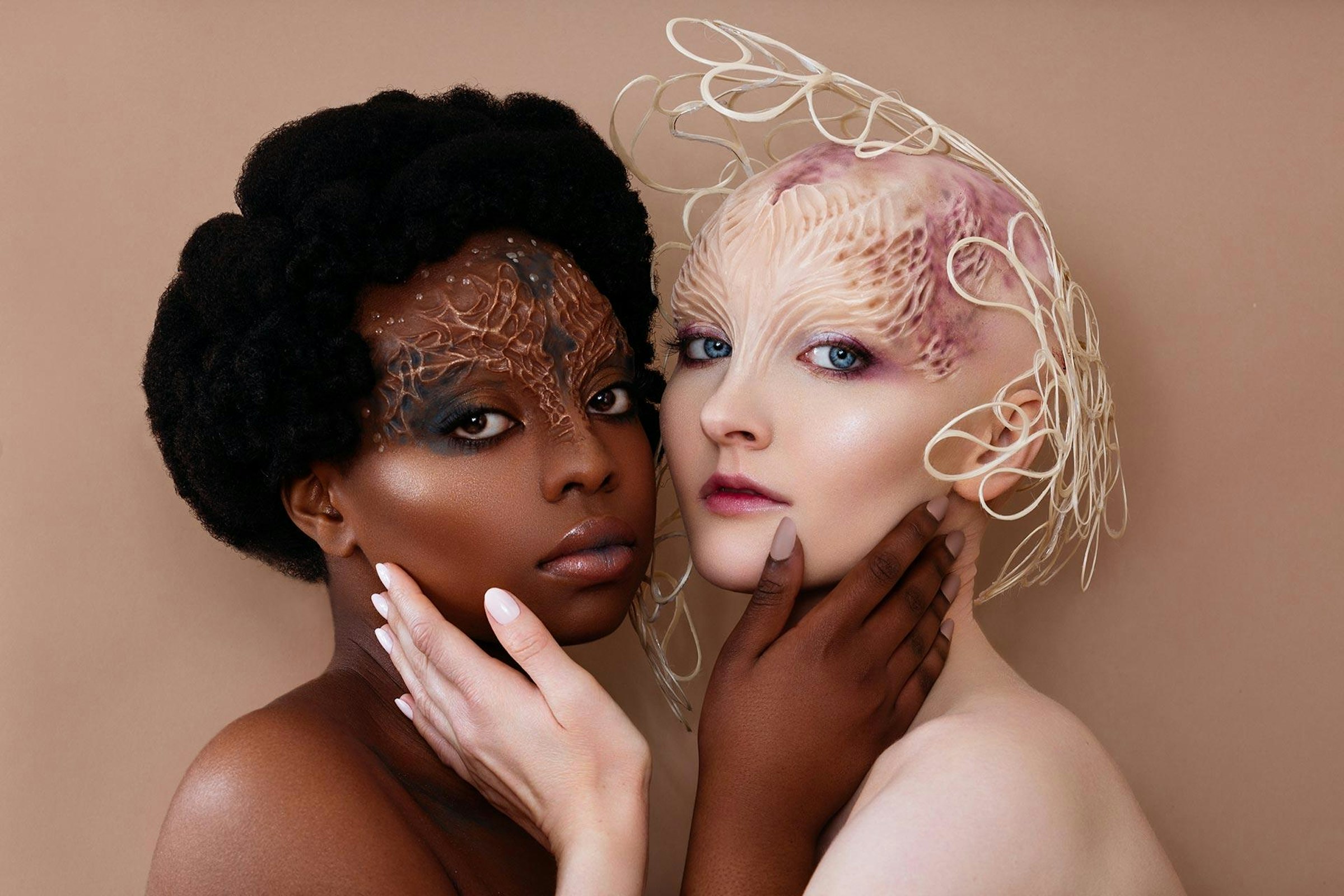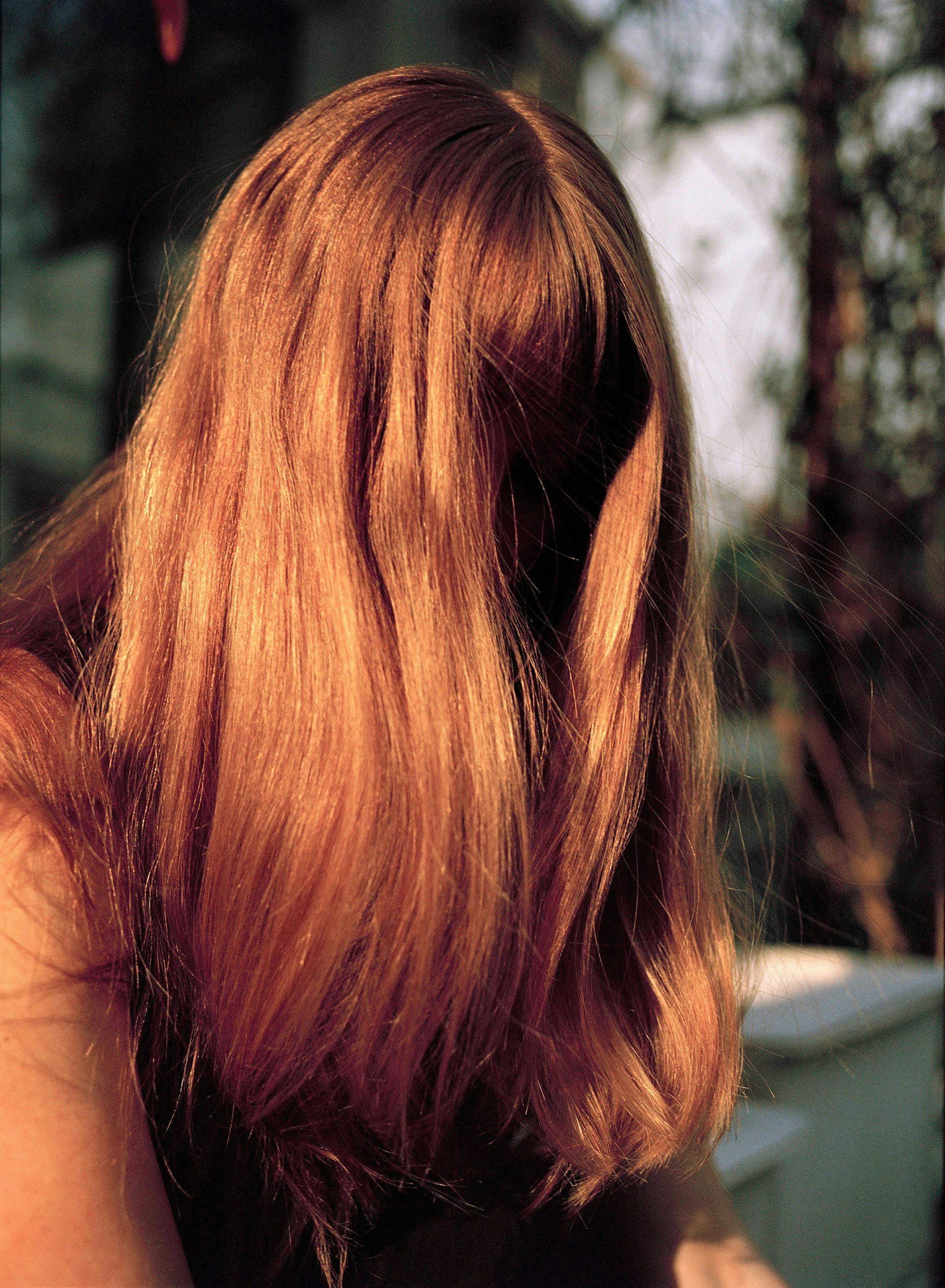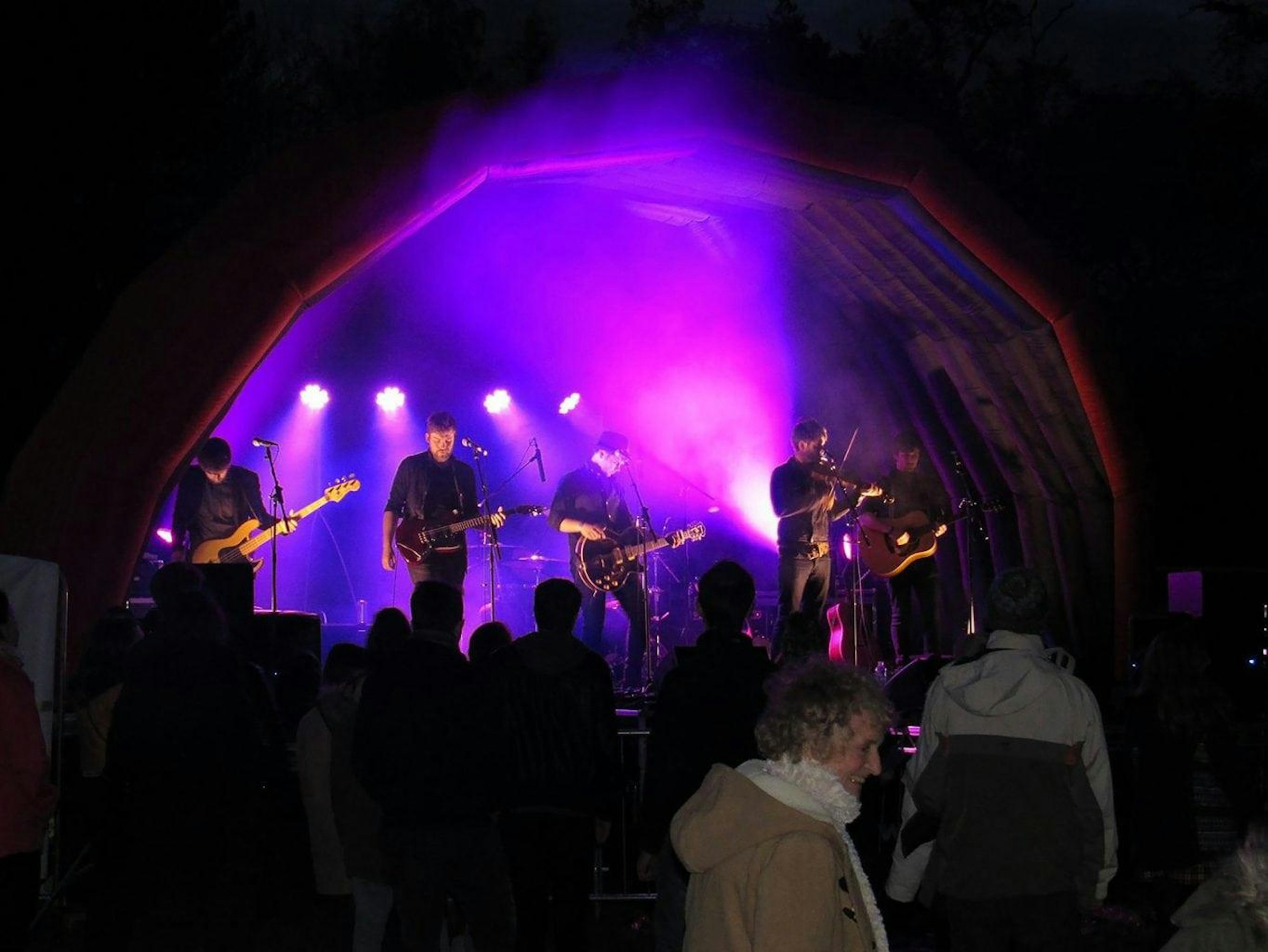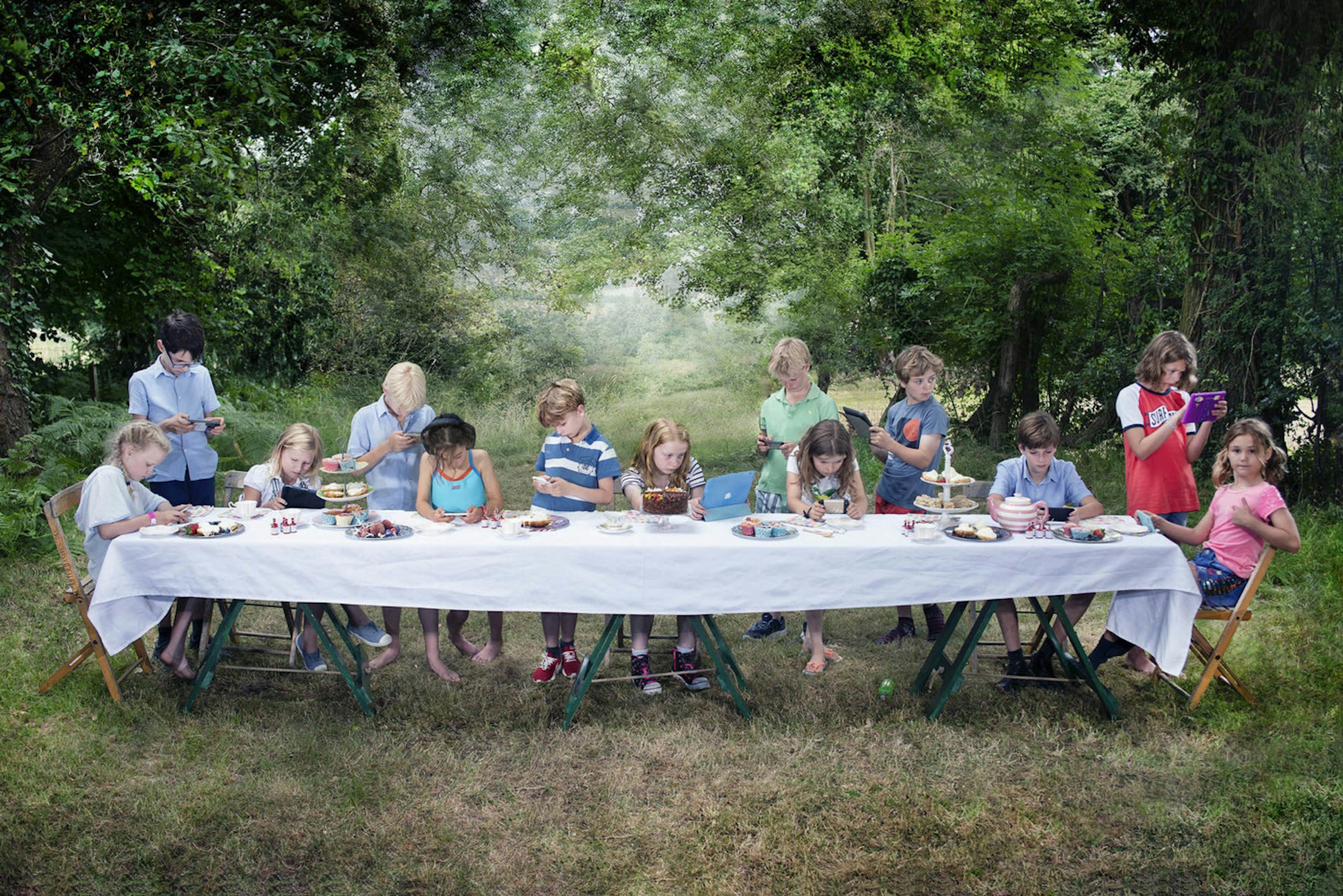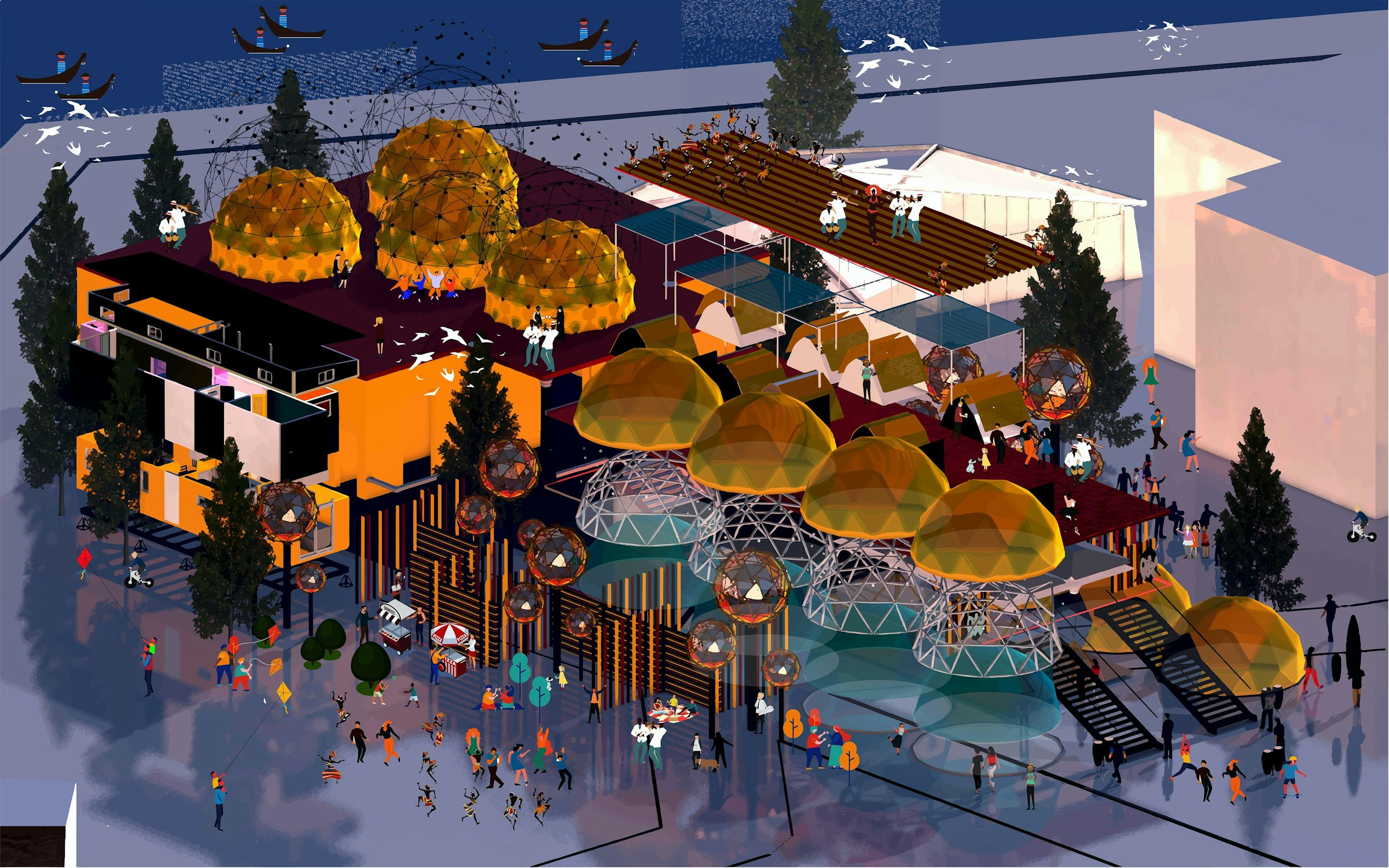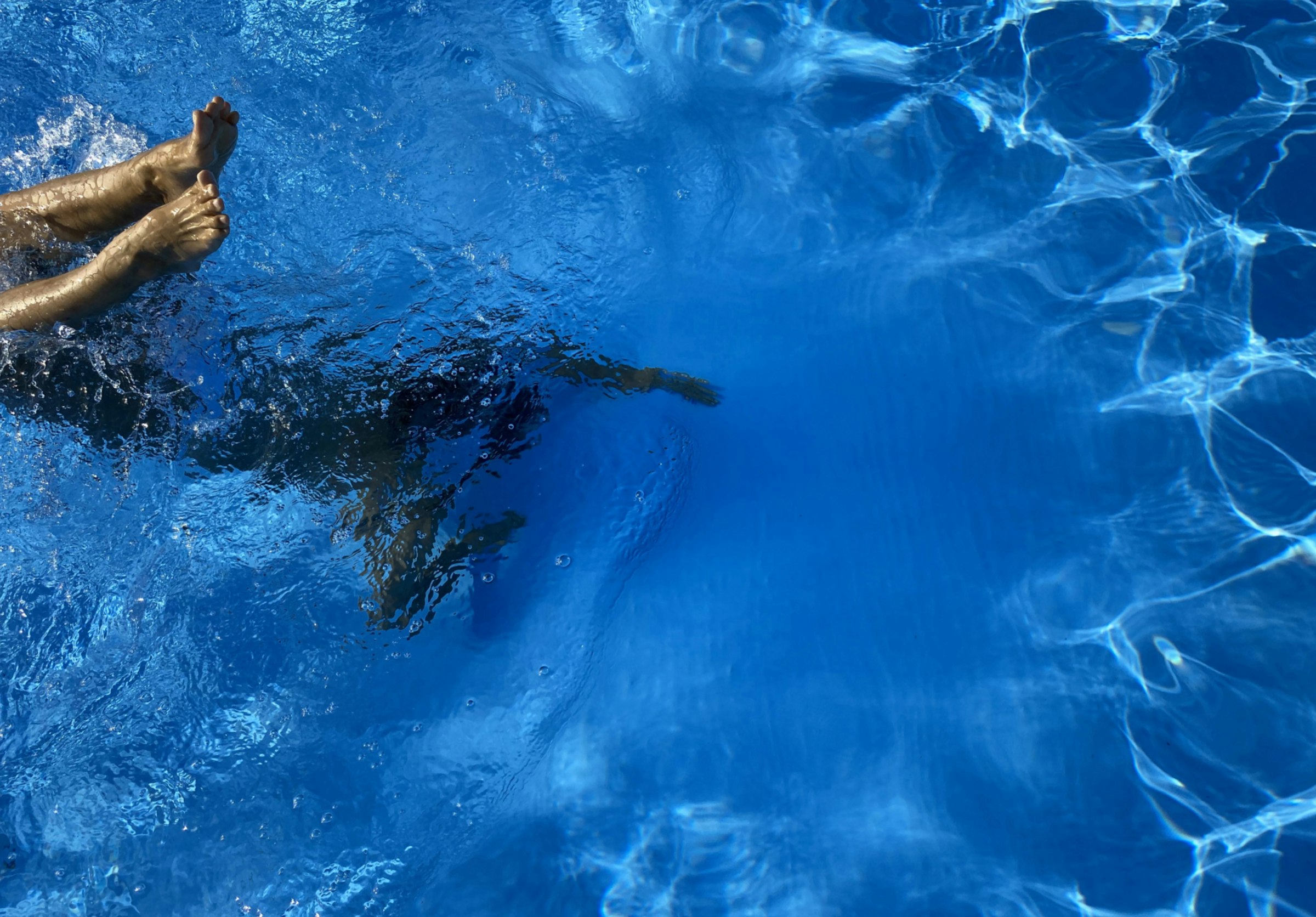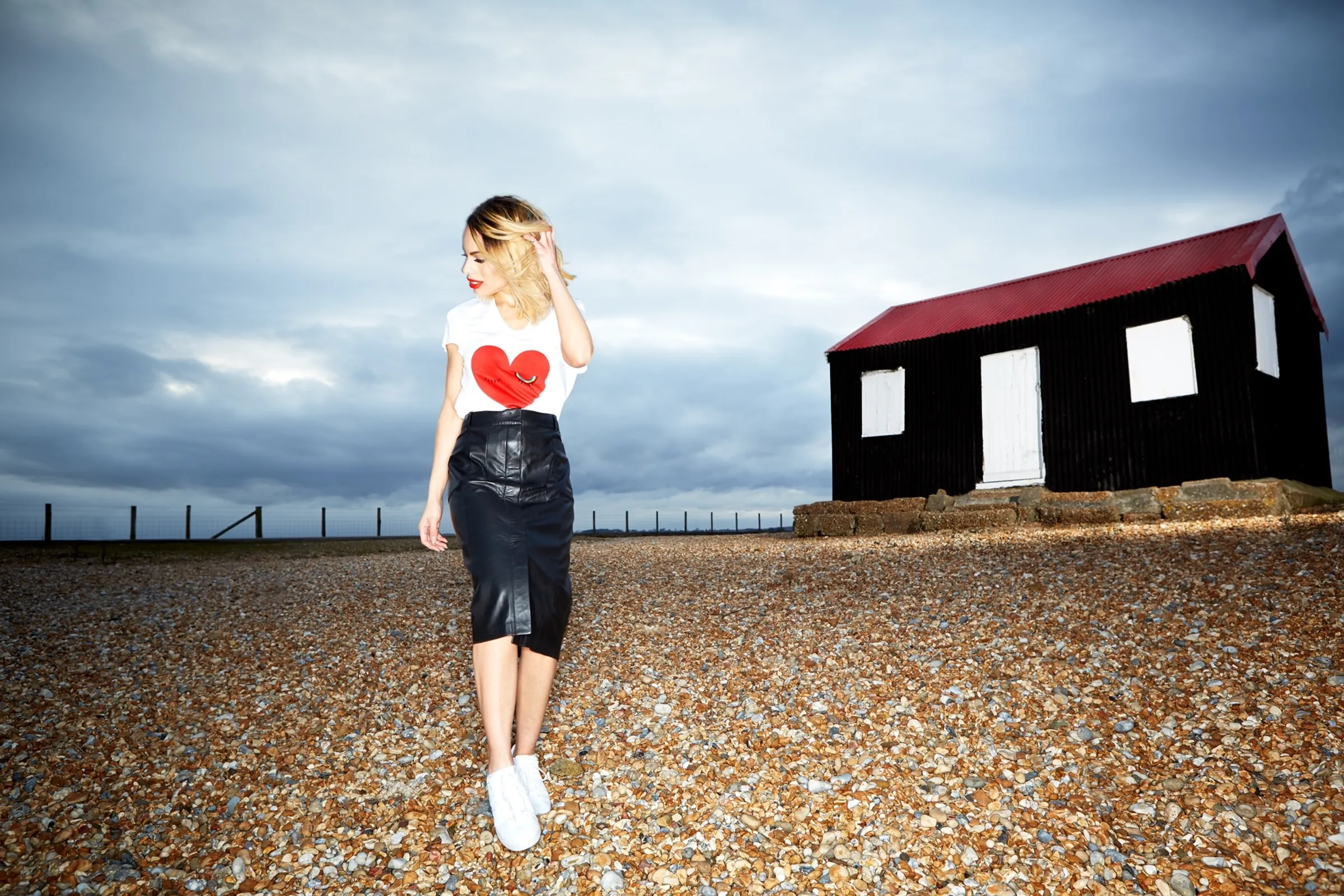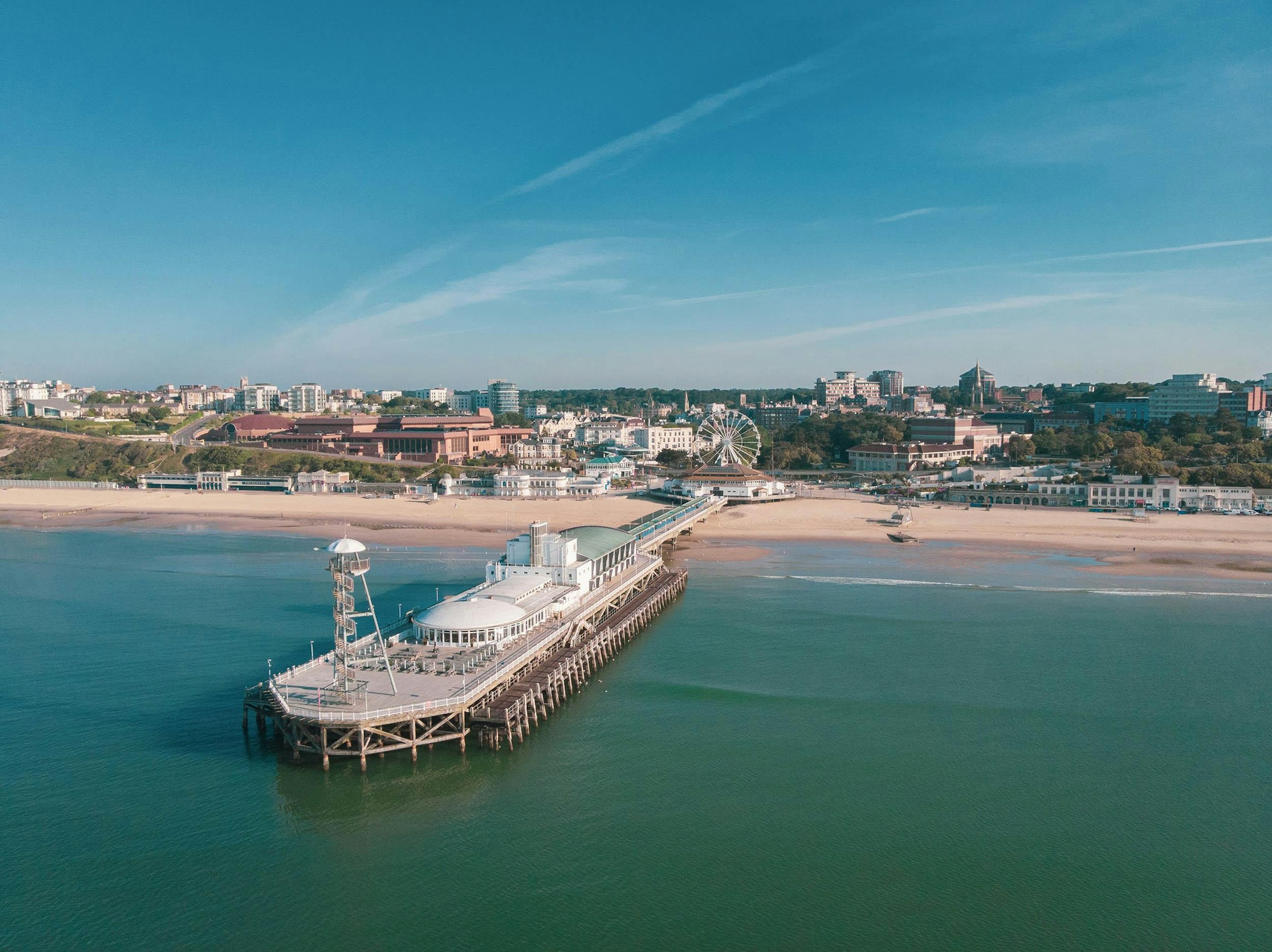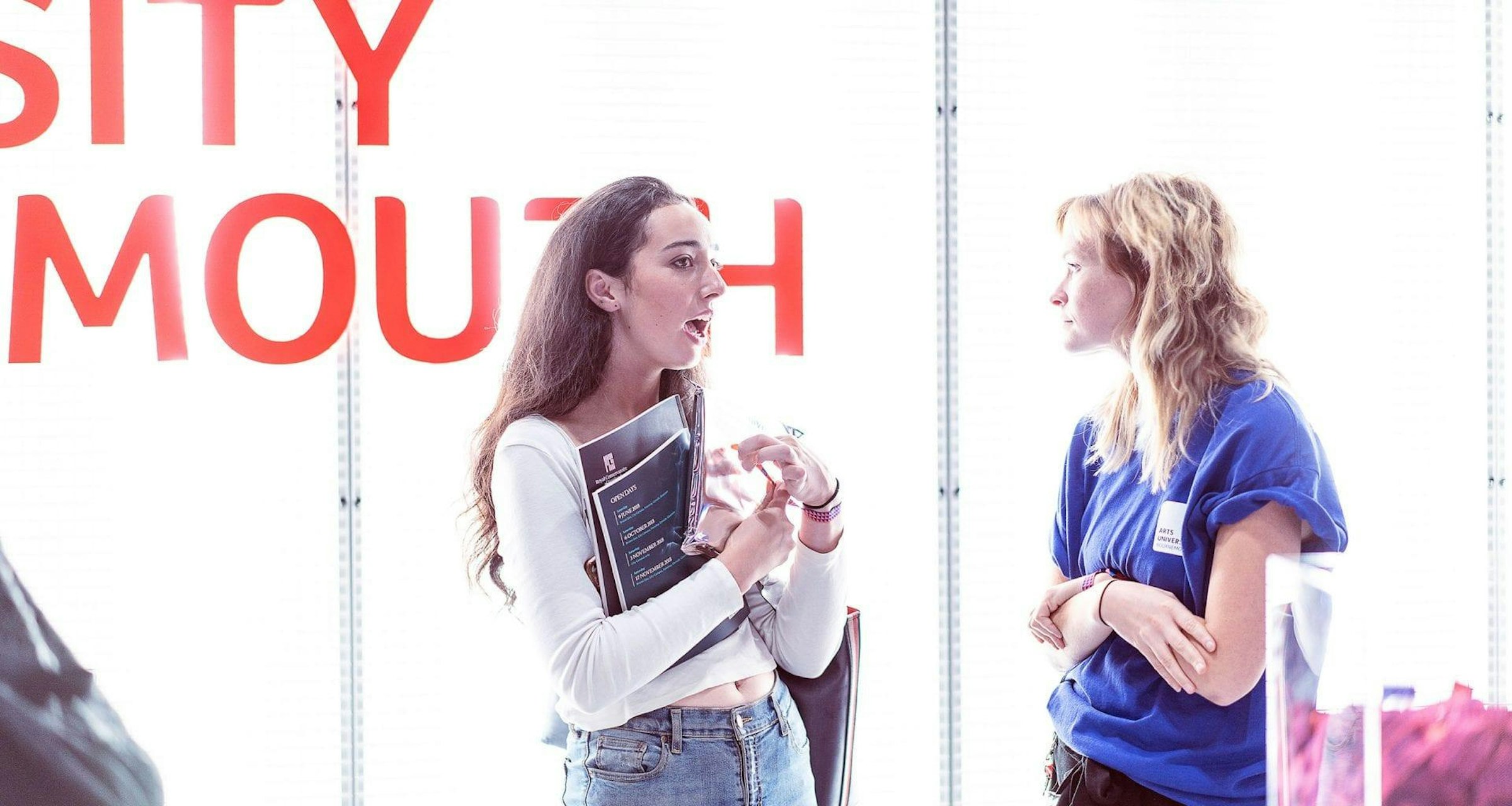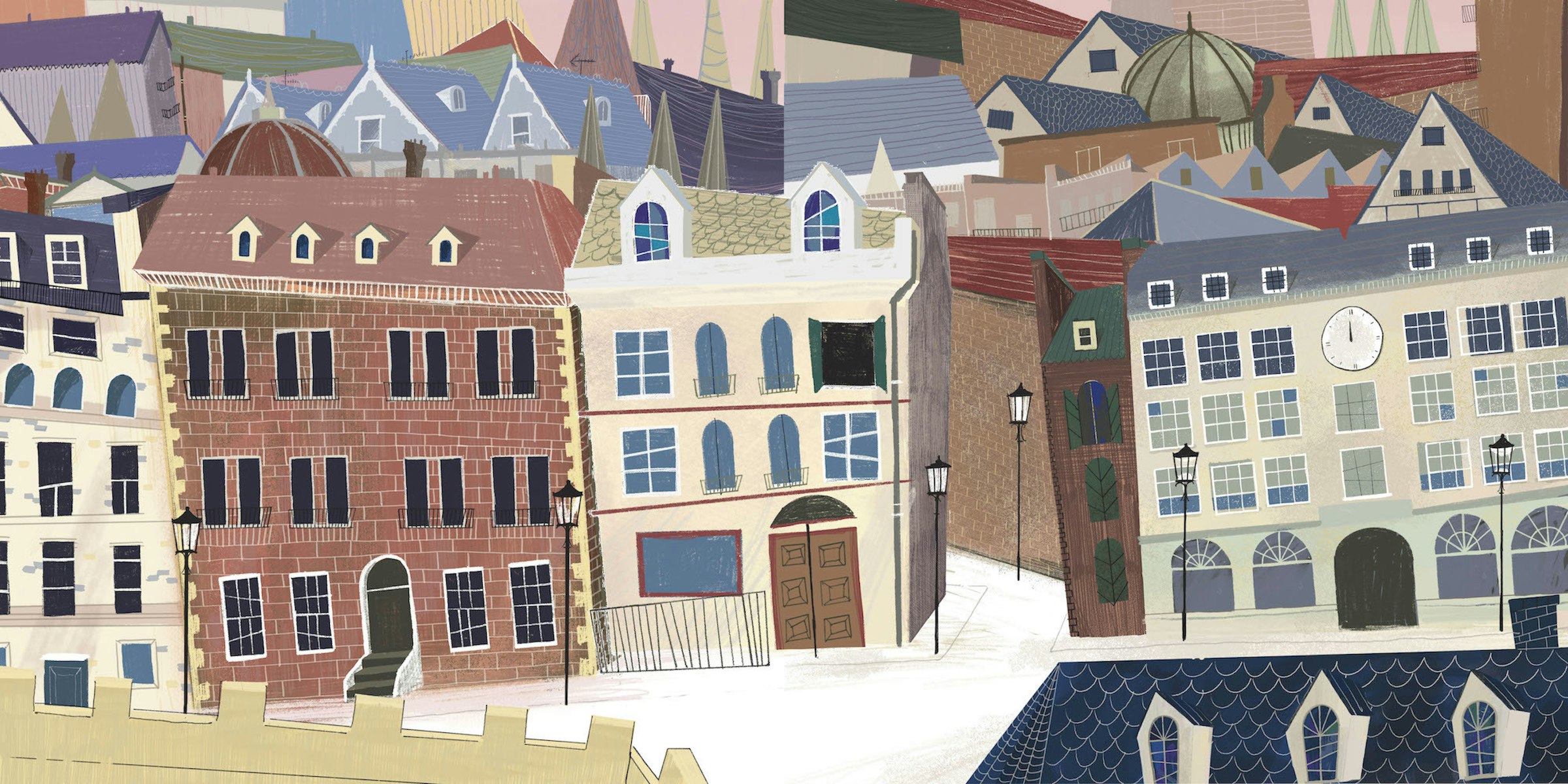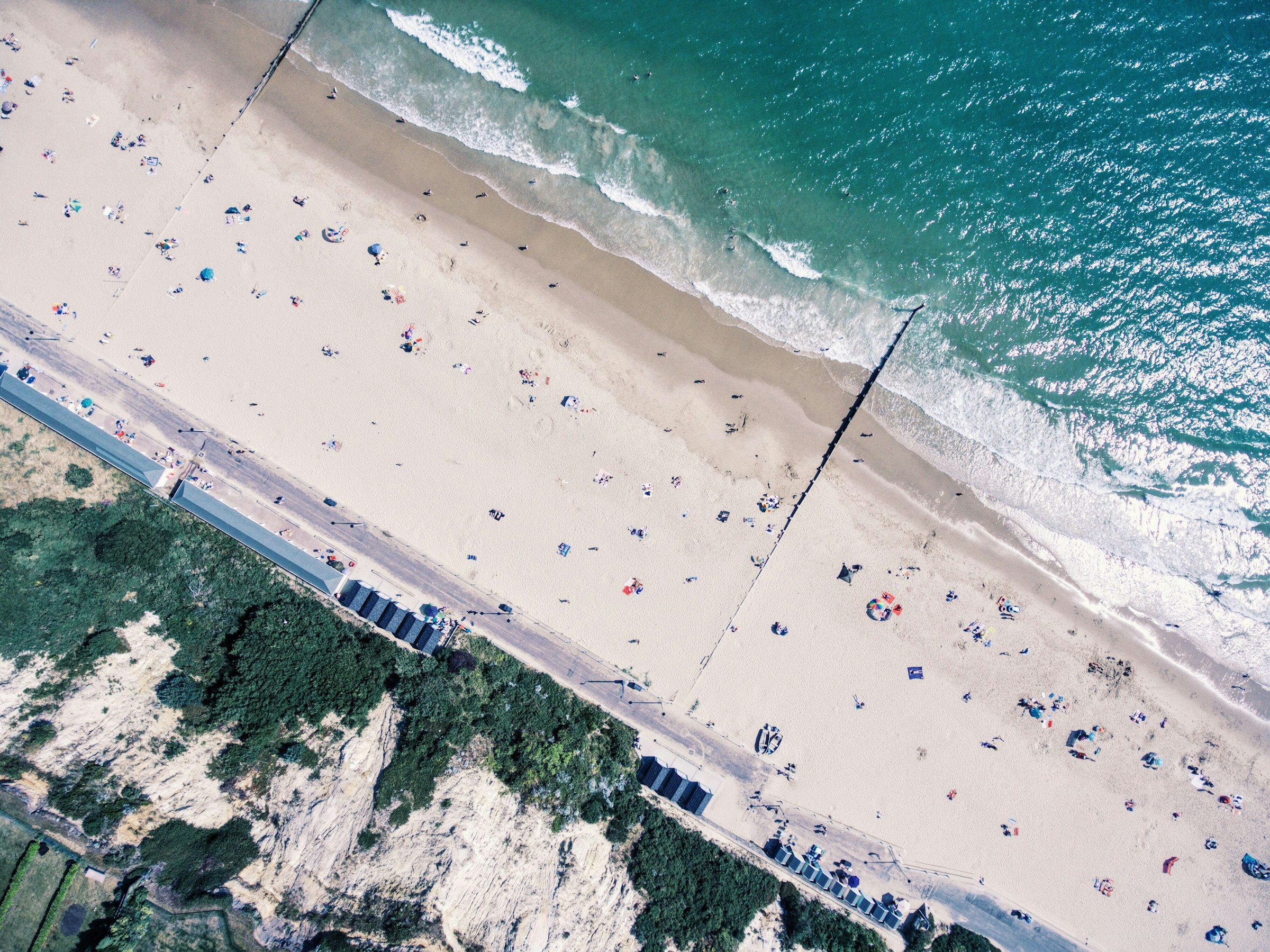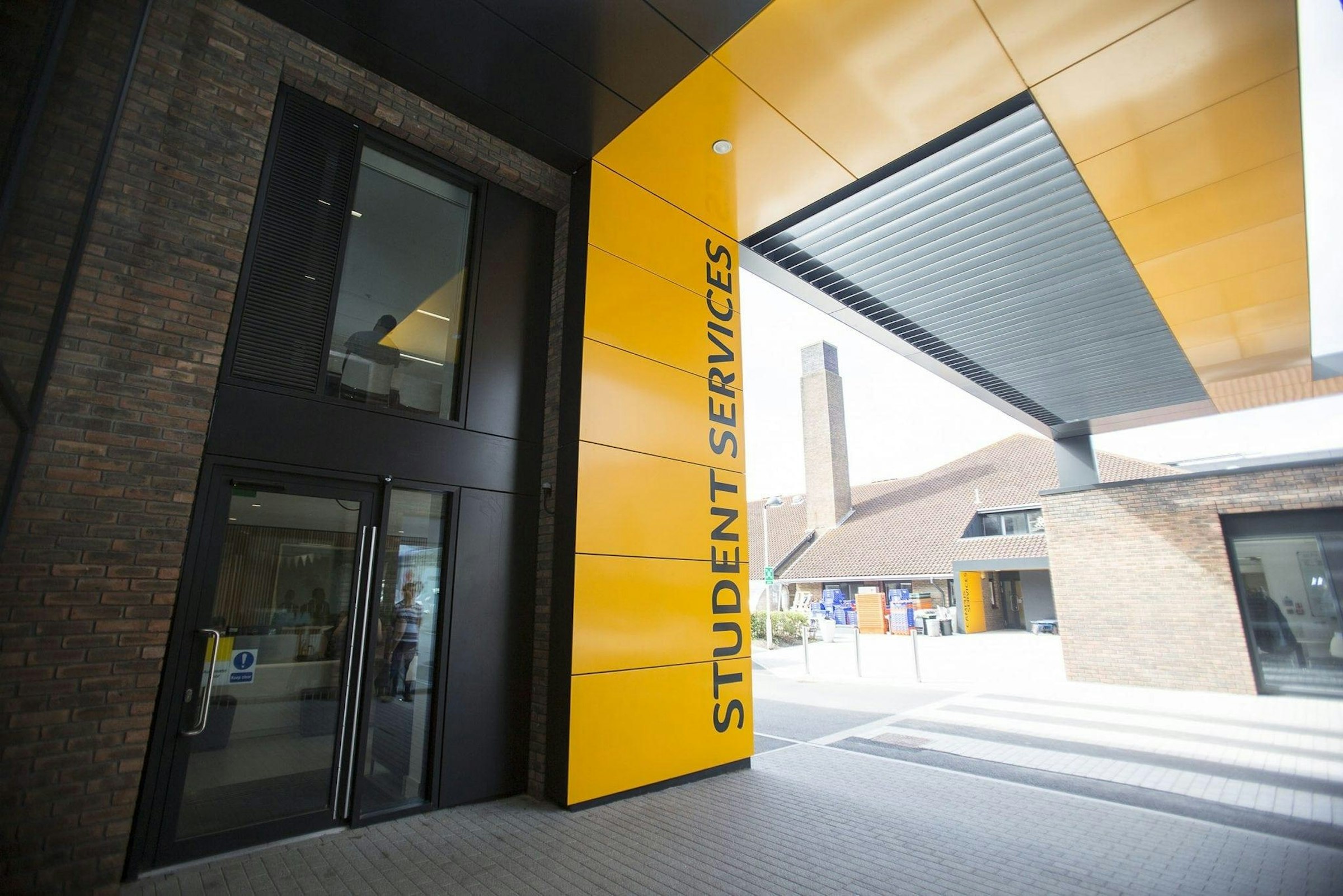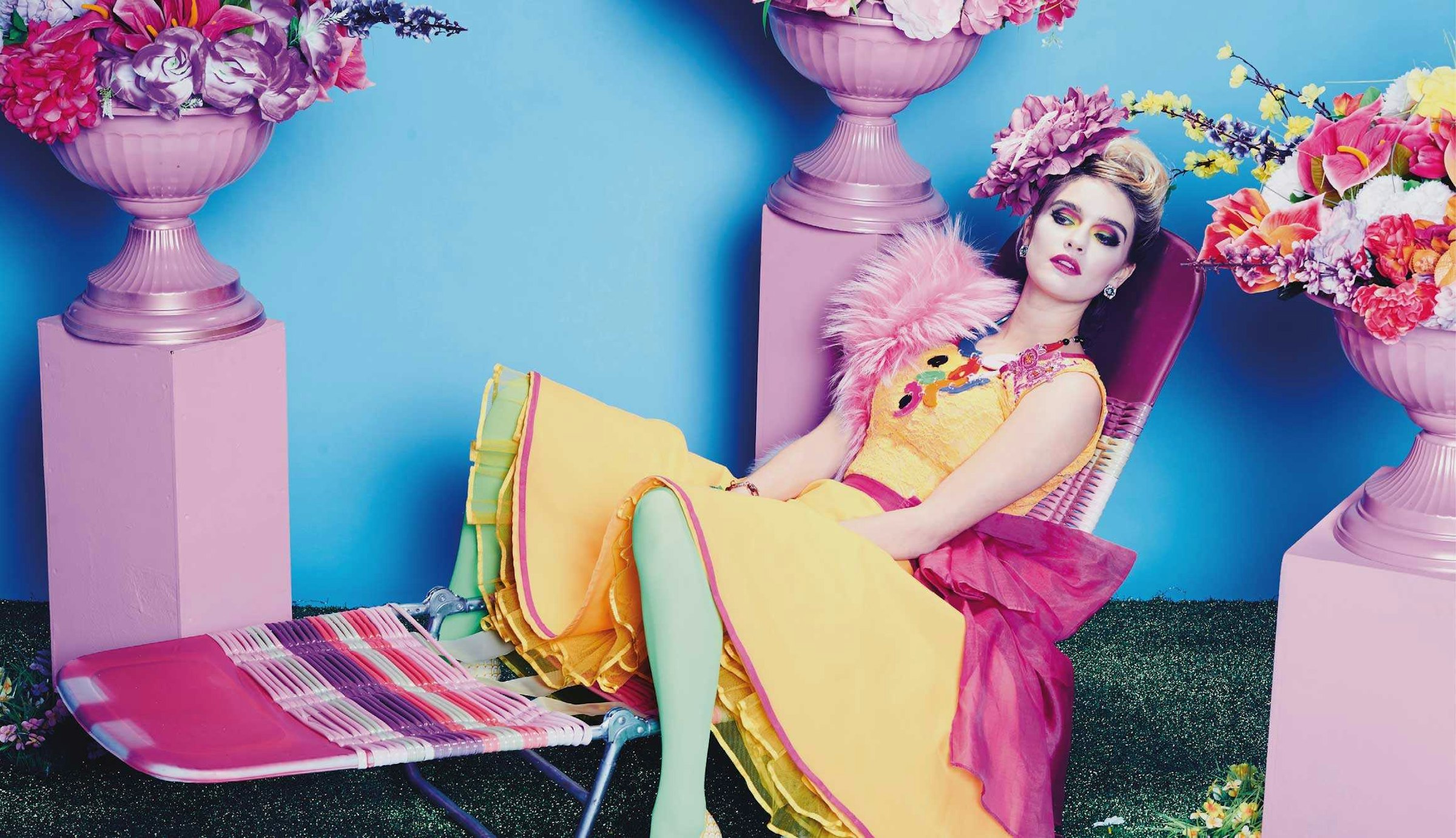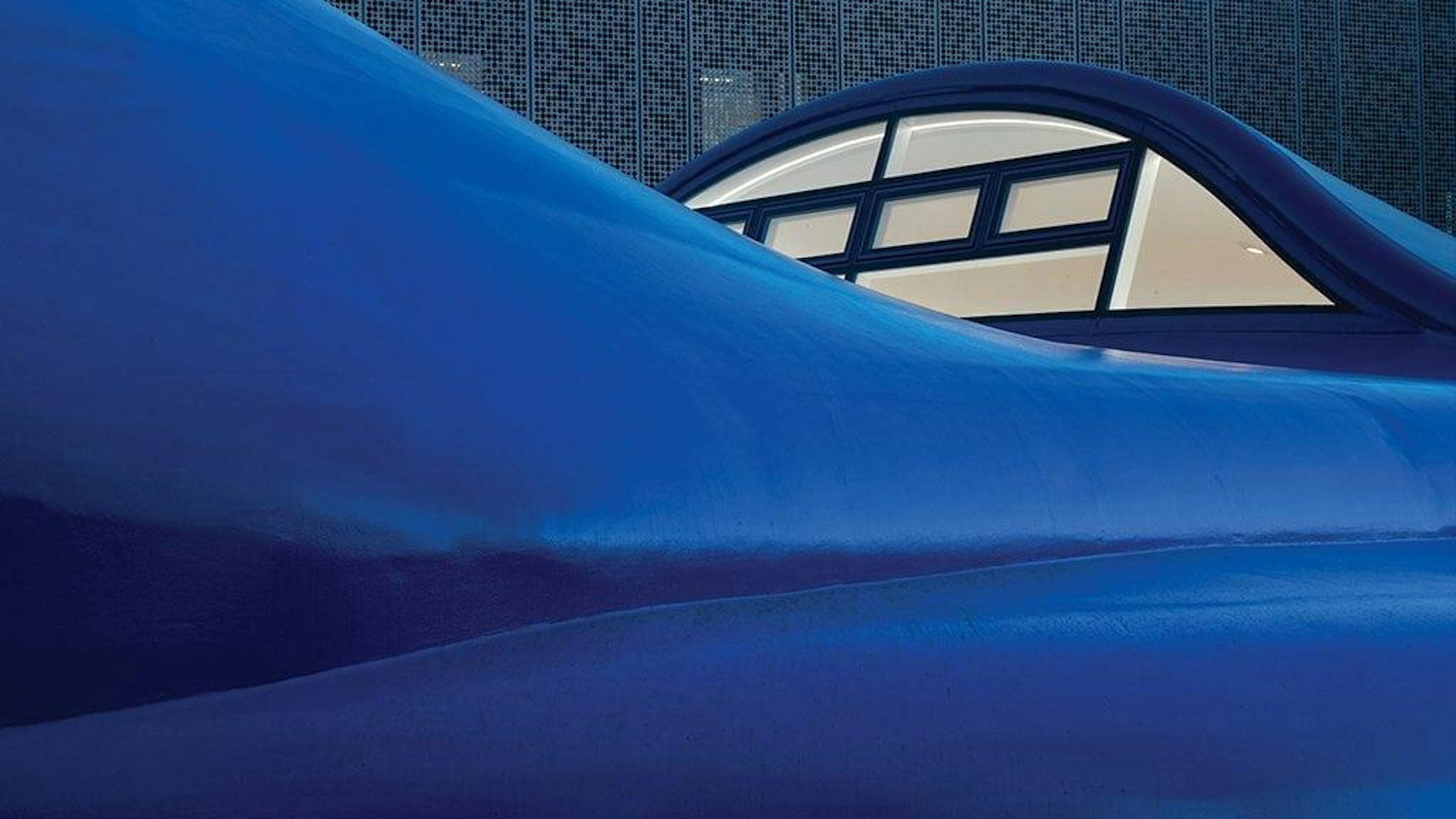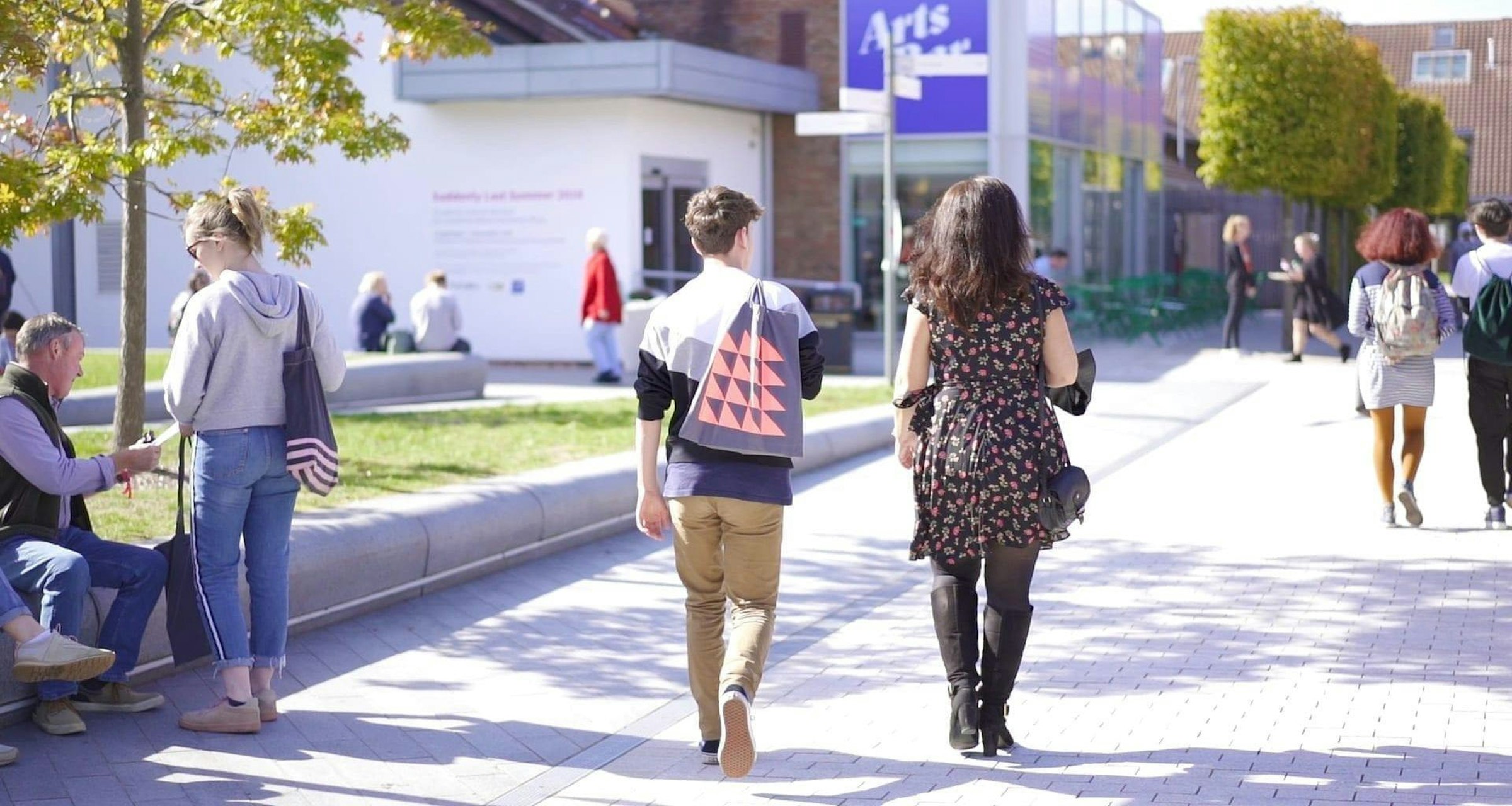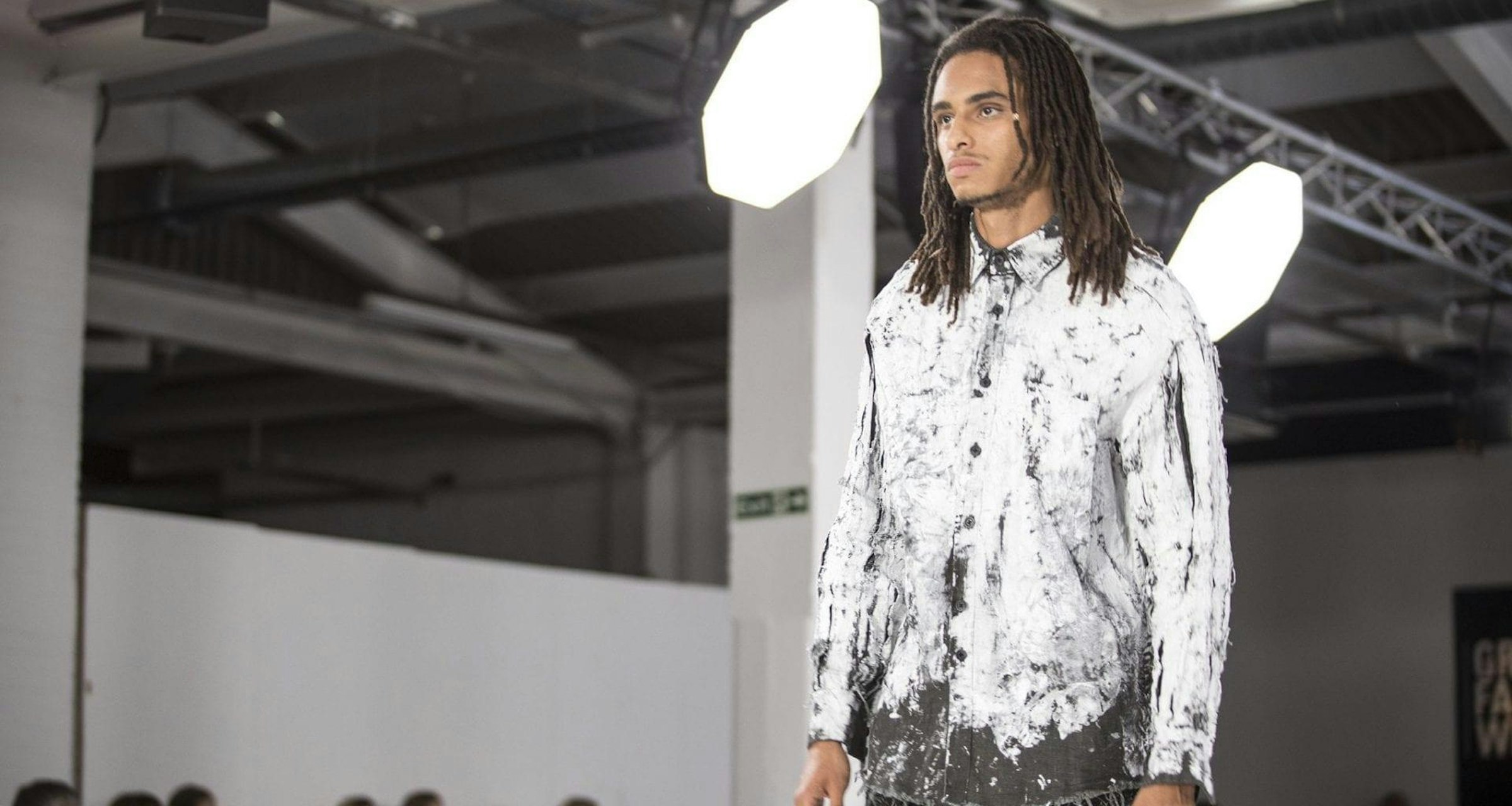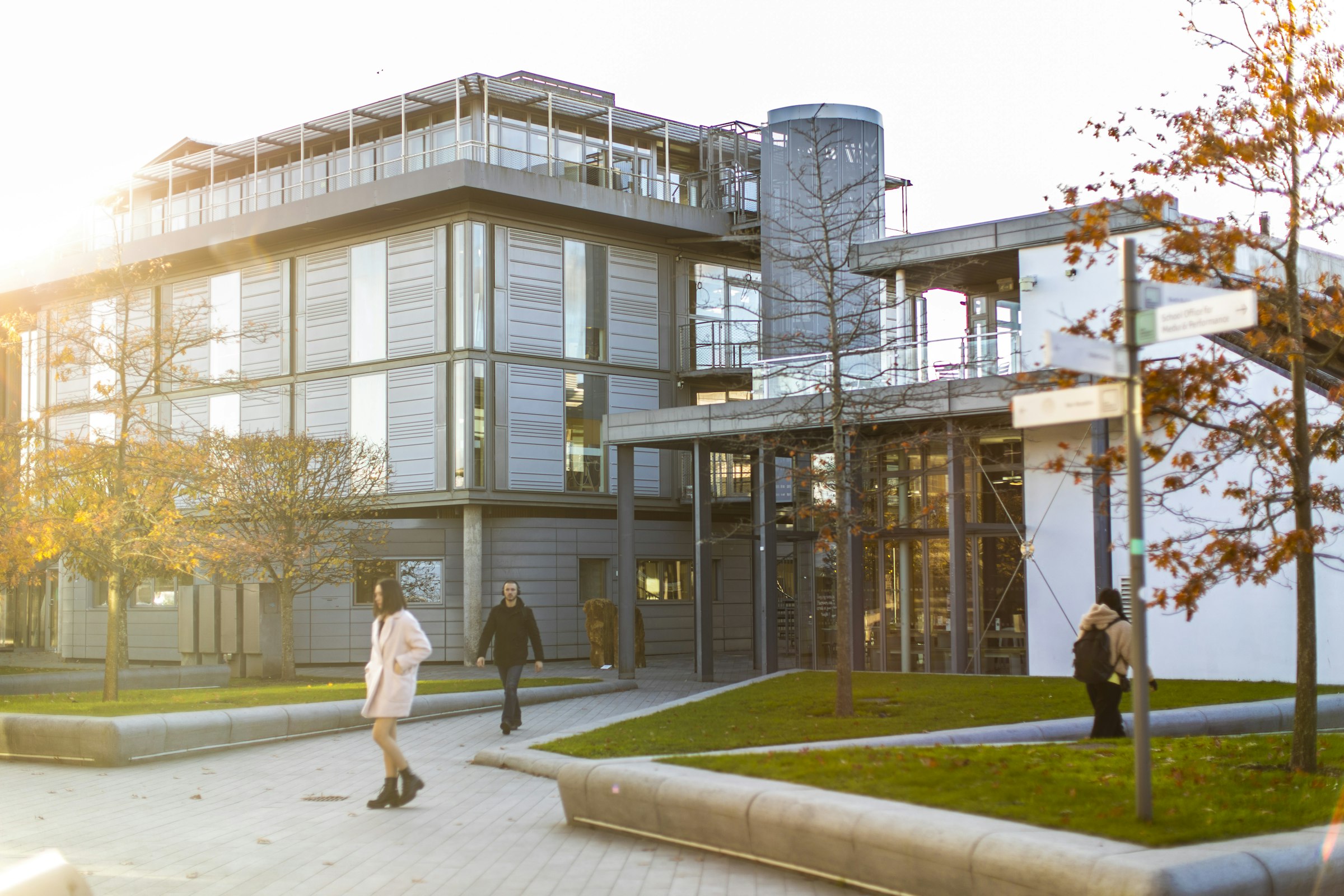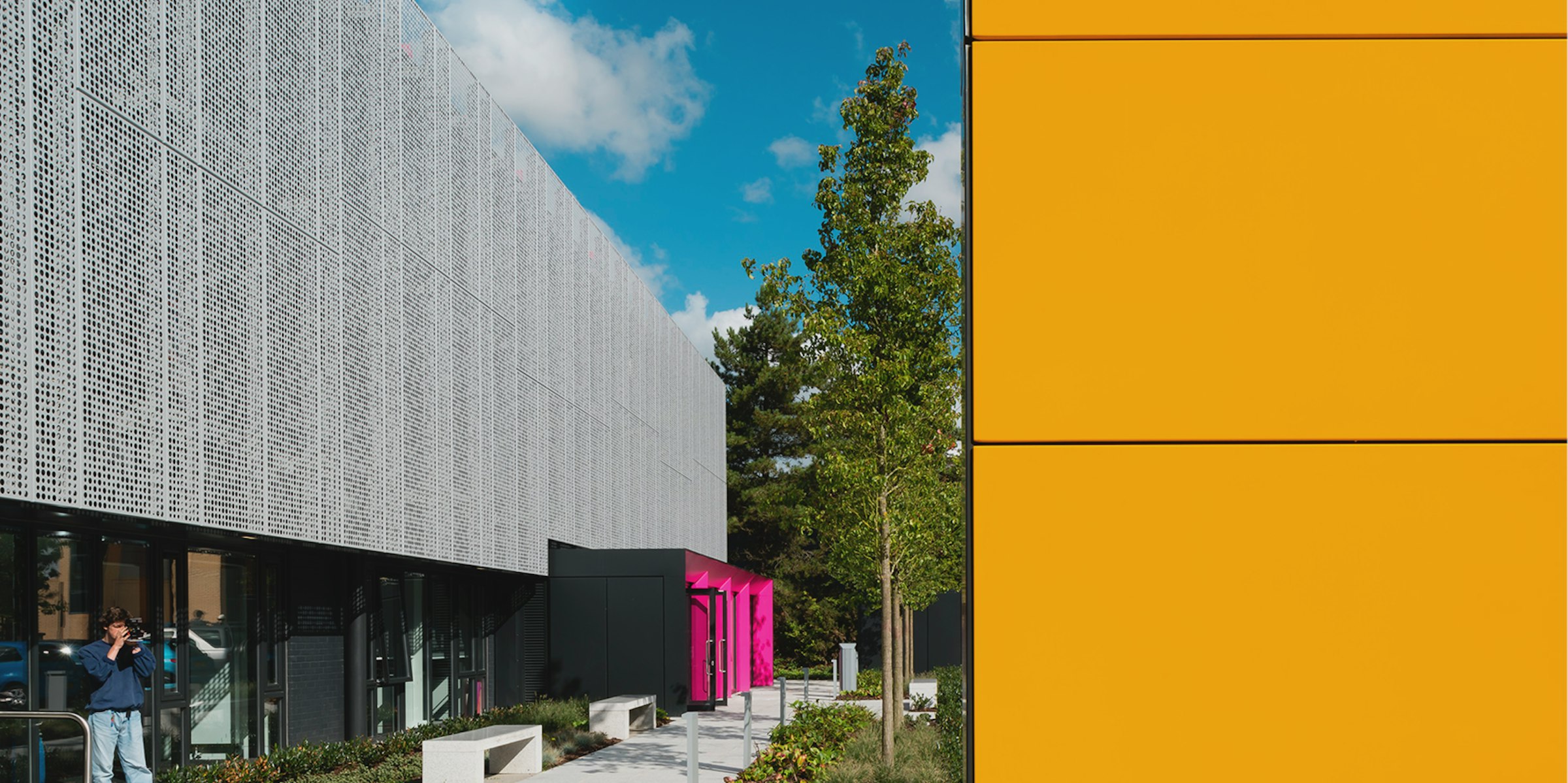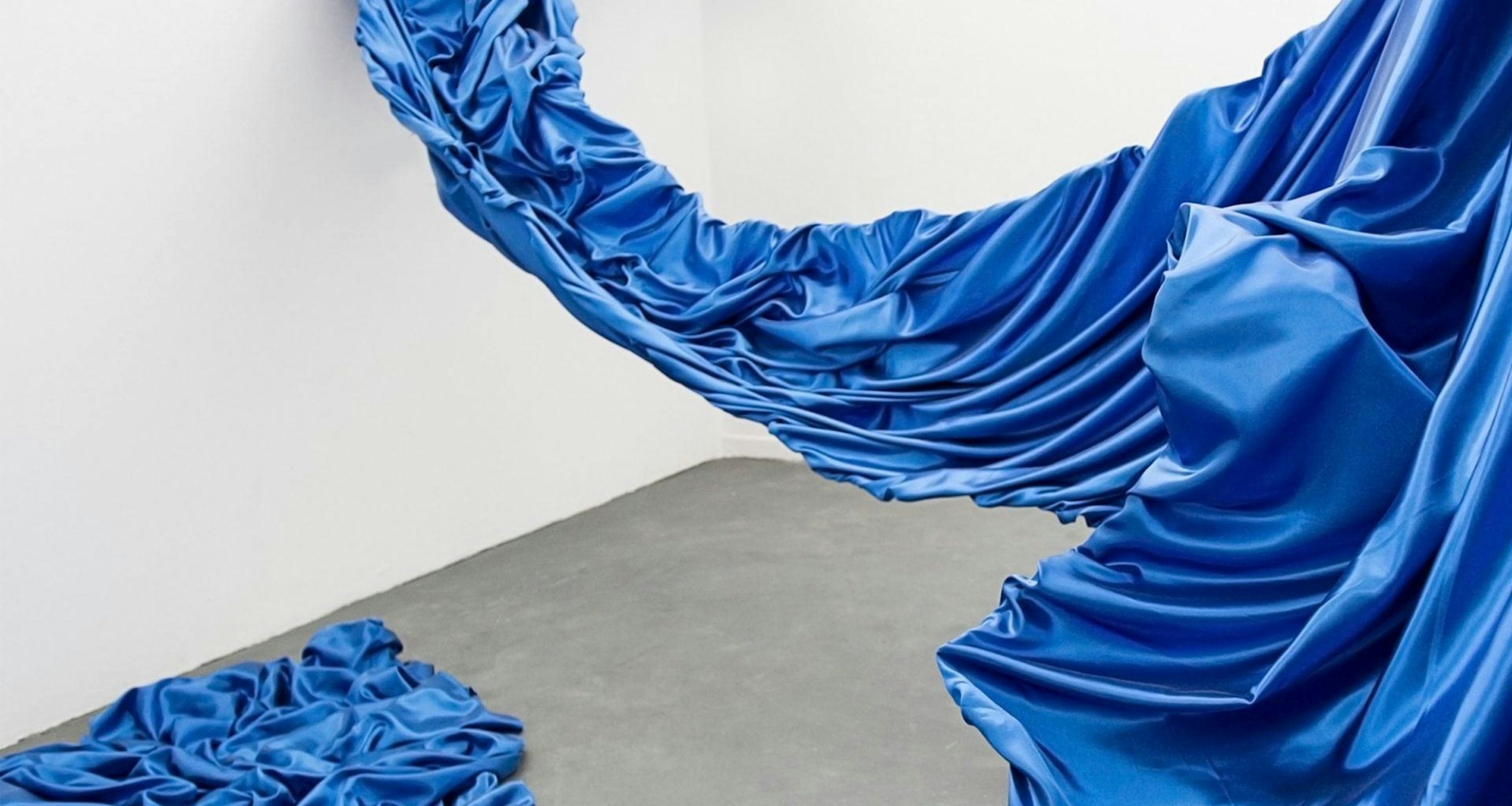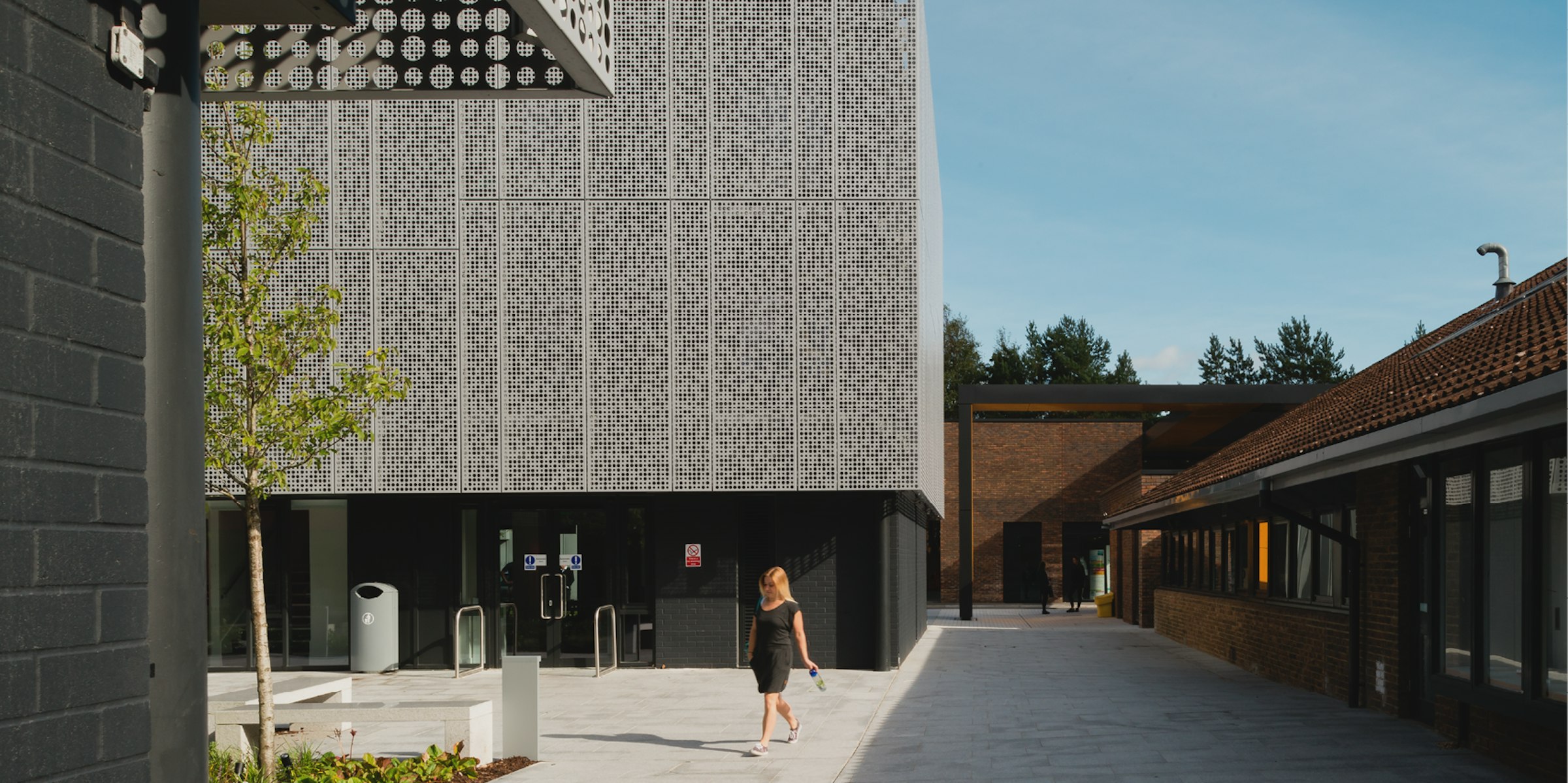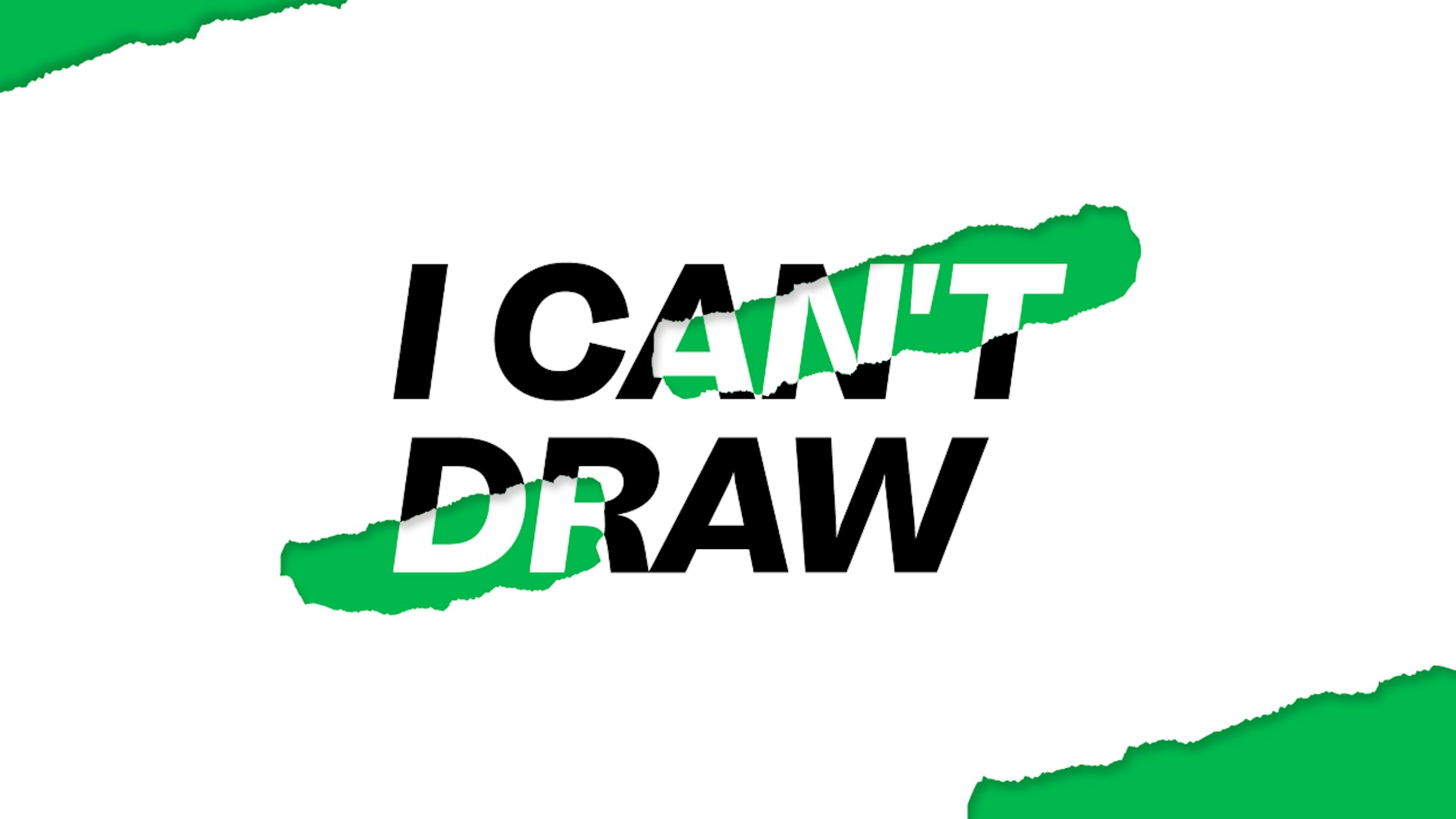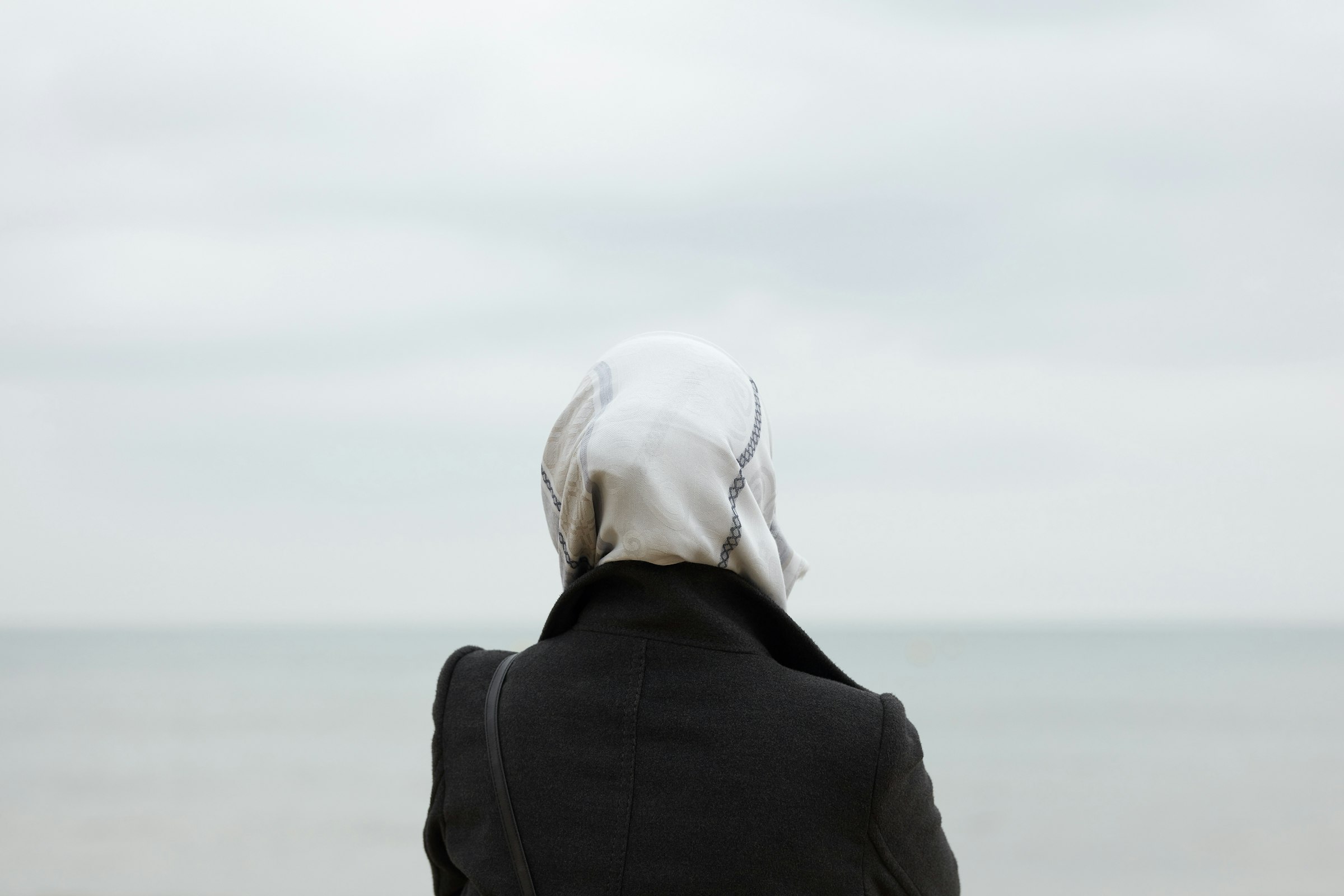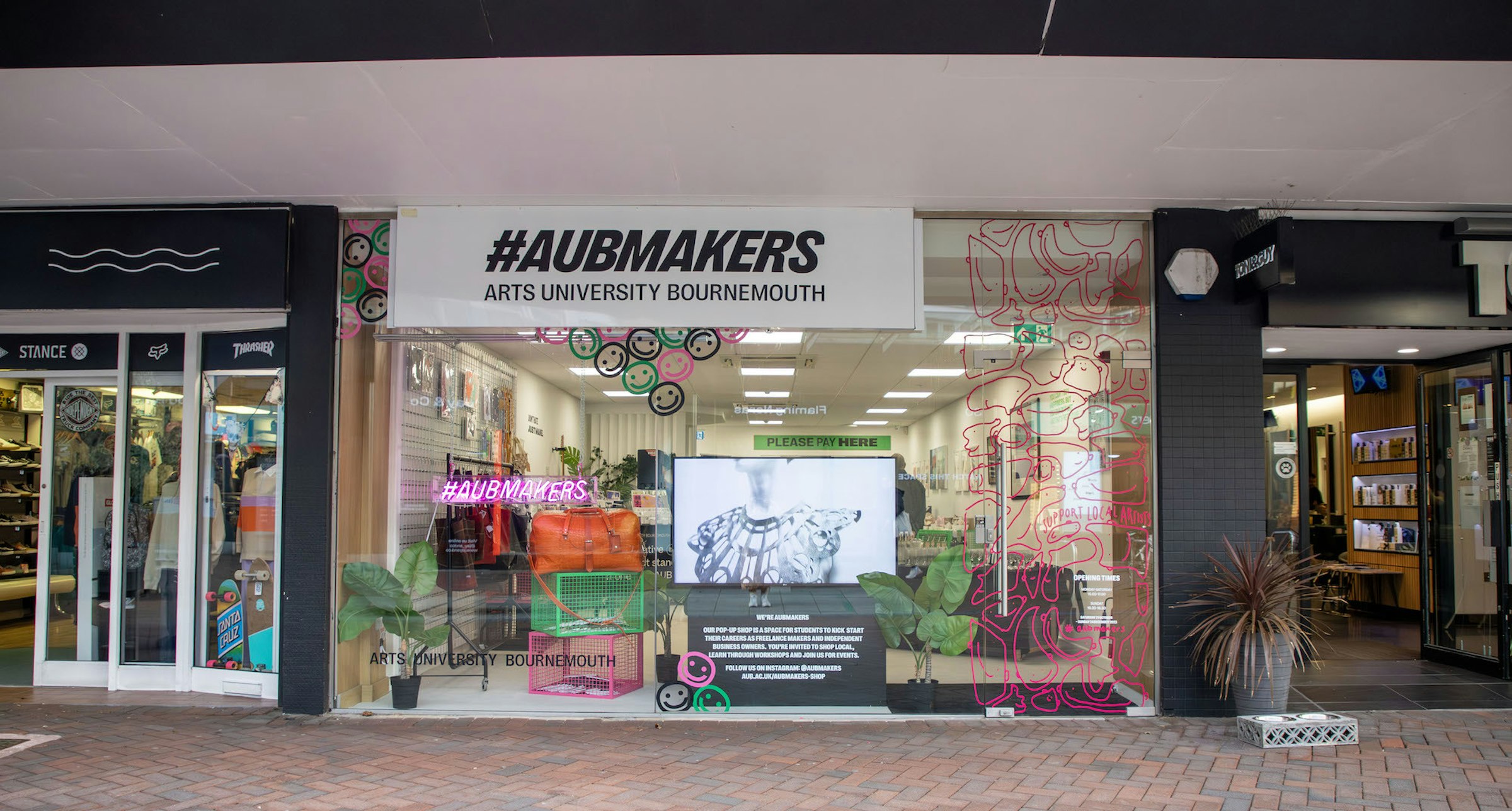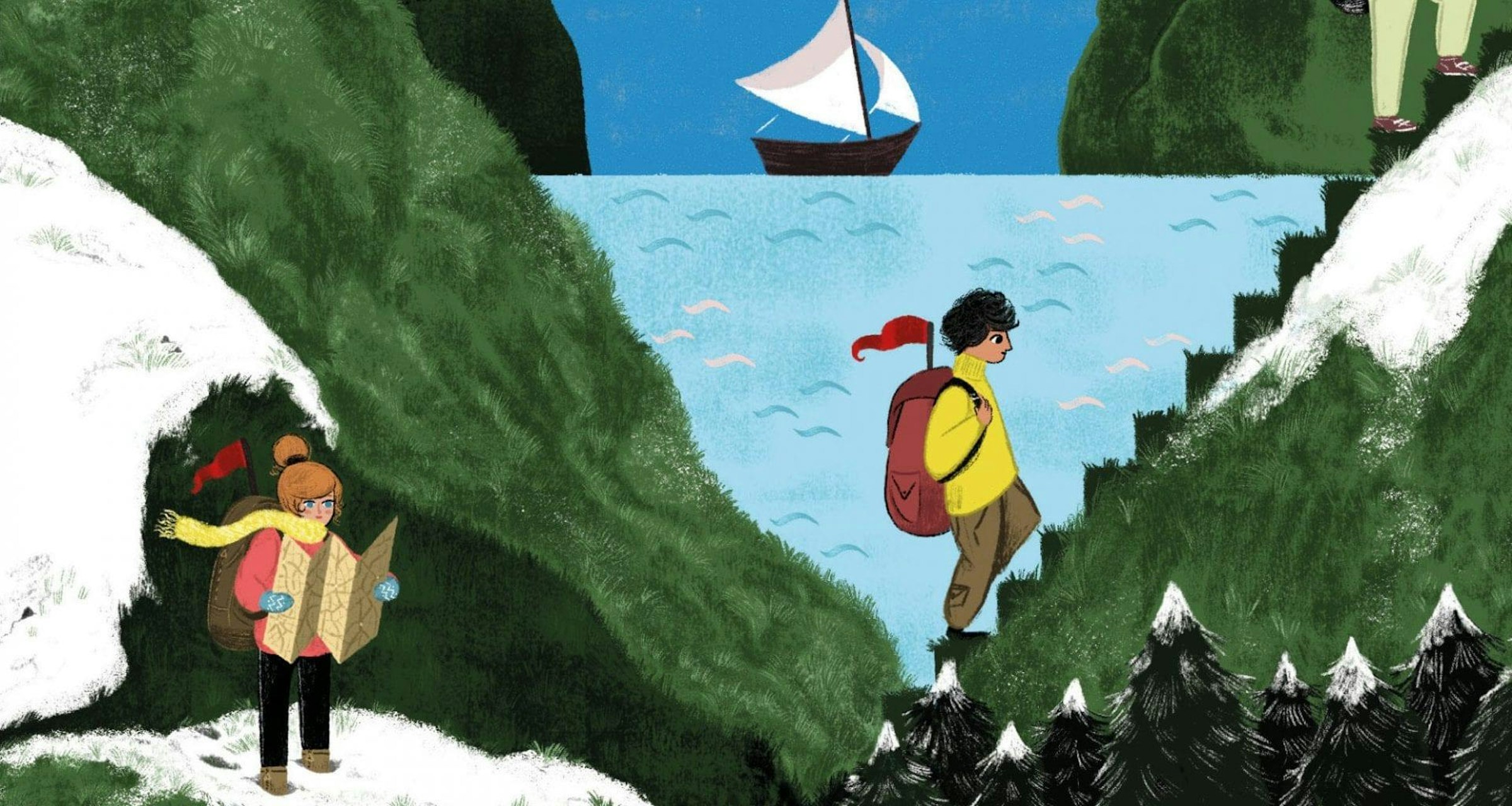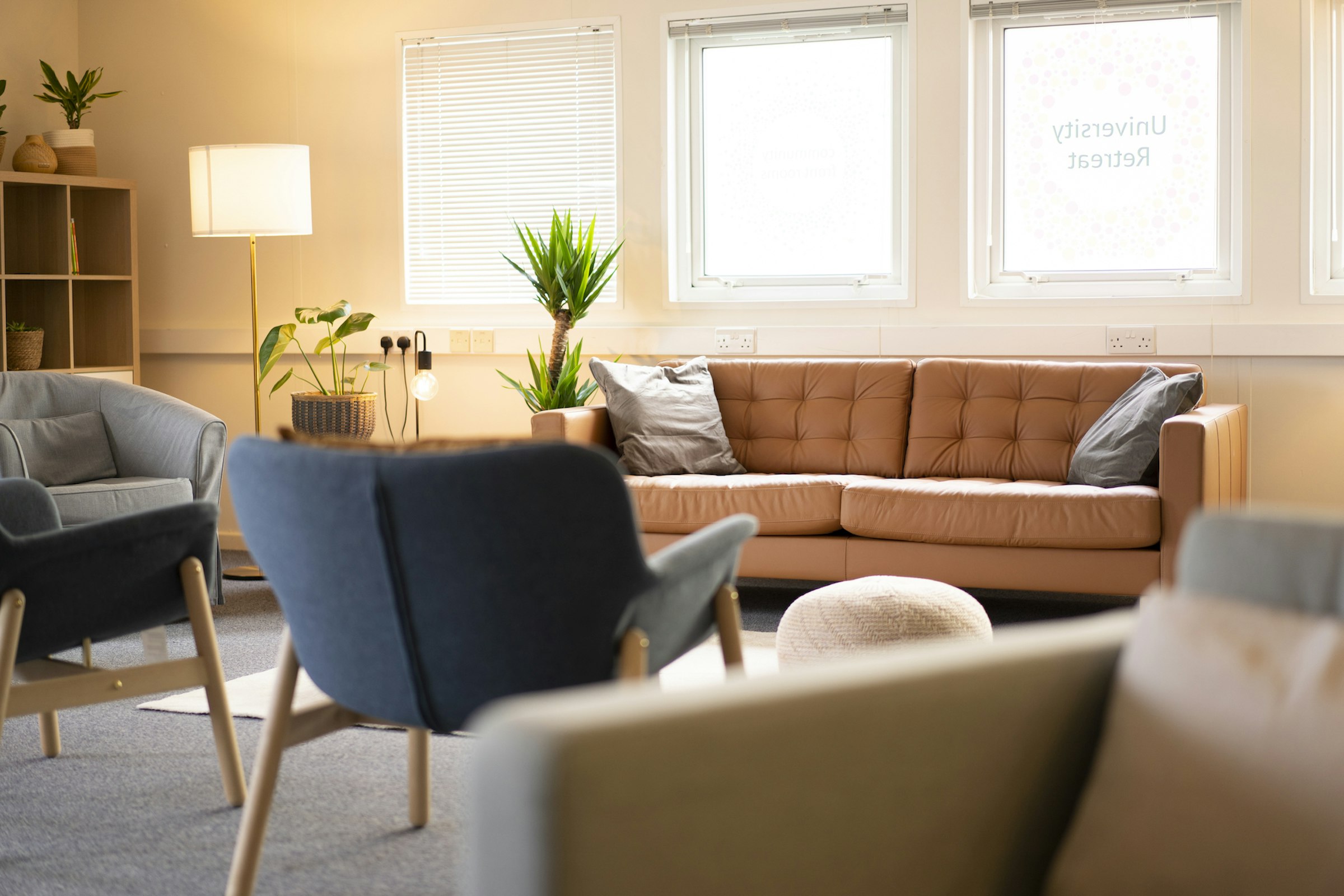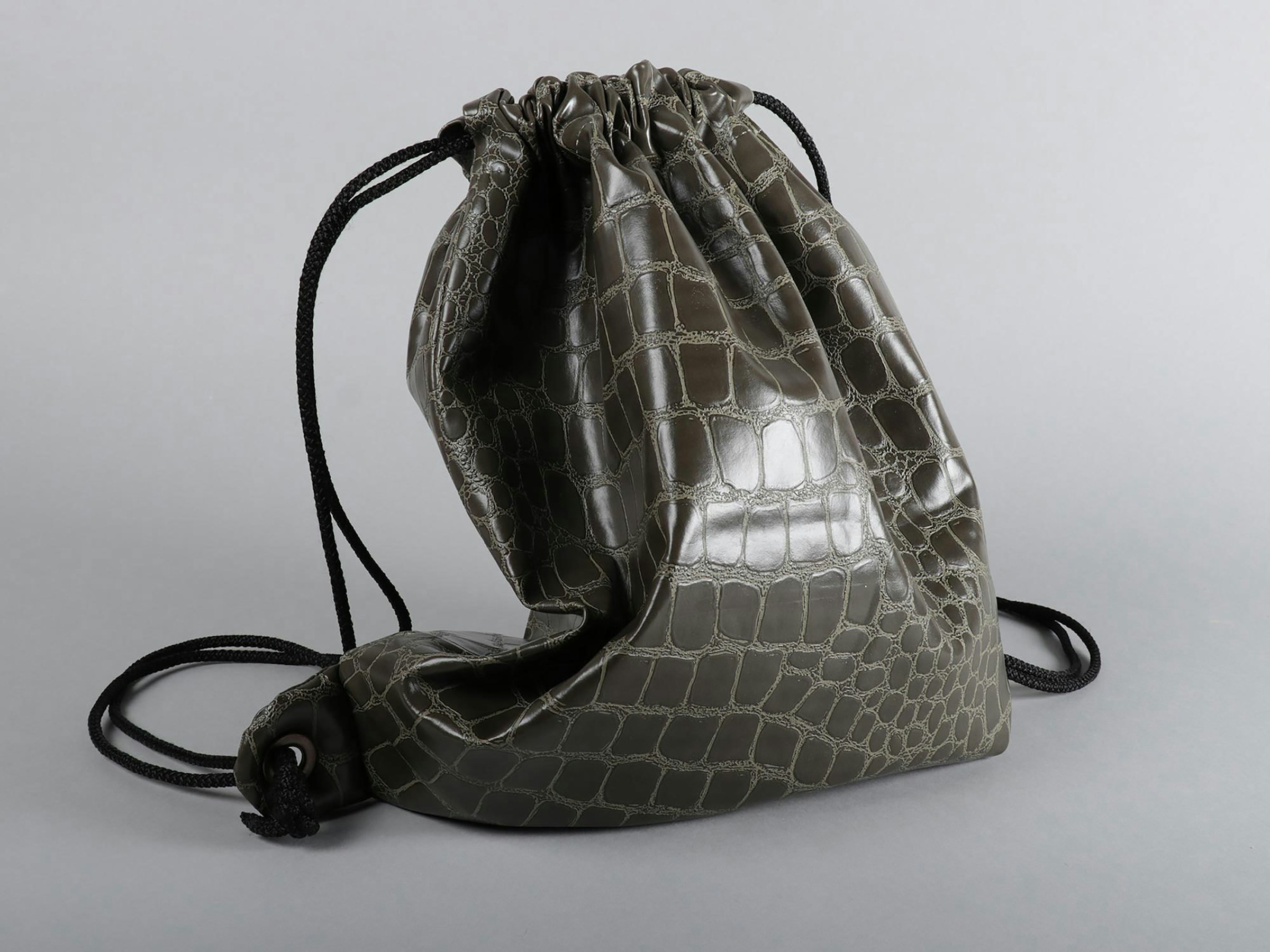
A Museum of Design in Plastics exhibition supported by TheGallery.
Northwest Gallery Entrance, North Building, AUB
This display is an excerpt of MoDiP’s exhibition, Friend and faux.
Exhibition Overview
When Alexander Parkes invented Parkesine, the first man-made plastic, in the 1860s, he introduced to the world a material group that had no intrinsic form, colour, or texture. This lack of constraint has enabled designers and manufacturers to replicate precious and expensive natural materials such as ivory, tortoiseshell, and silk. By both looking and feeling like the ‘real’ thing, plastics have been used to revolutionise design across many disciplines, and have contributed to the protection of endangered species, such as elephants and turtles, the reduction of the use of skins and furs, now widely acknowledged as unnecessary and cruel industries, and played a key role in conserving resources such as energy and water.
The proliferation of the use of plastics to create the convenience and disposability that has fuelled our consumer society has made it hard to see this material family as a friend to the environment and animal life. However, by imitating animal-derived products particularly within the fashion industry, plastics have had a positive impact on the conservation and use of both wild and farmed creatures.
Meet the Curator
Louise Dennis
Dr Louise Dennis, Curator of MoDiP, has a wealth of museum experience having worked curatorially with a range of interesting collections of various materials from those relating to the brewing industry, ceramics, jewellery, historical glassware, and military history. She has worked with MoDiP since 2007 and her PhD research explored the value of MoDiP and its specialist focus with a particular interest in relationships towards materiality and museum objects.
MoDiP is a learning, teaching and research resource at the Arts University Bournemouth. It is the only accredited museum in the UK with a focus on plastics and aims to increase understanding and appreciation of the use and significance of plastics in design through a wide spectrum of objects which can all be viewed online and in the museum by request.
TheGallery exhibitions, events, publications and projects; Museum of Design in Plastics (MoDiP) exhibitions and collections contribute to the Arts University Bournemouth, Bournemouth and the Southwest Cultural Community and beyond, and are accessible to everyone interested in the galleries and museums.
The AUB’s two cultural assets work collaboratively to find new ways to connect with communities at and beyond the AUB. Through their own mission and purpose, TheGallery and the Museum of Design in Plastics come together to support learning, teaching, and research for all, as well as provide spaces for inspiration and contemplation.
AIBDC : 008812
Real leather is made from the skin, or hide, of a number of animals including cows from the meat and dairy industries. A good skin can produce an 80-90% yield, this is reduced to 60% if the animal has been branded with a hot iron, exposed to barbed wire or insect bites, or been subjected to electric cattle prods, all of which cause blemishes to be left on the skin. Once the skin has been removed, the flesh is taken off by hand or a fleshing machine. The leather then goes through a number of other processes including cleaning, tanning, retanning, milling and finishing, all of which use resources such as water and chemicals and have a negative impact on the environment. Rather than using animal hide, these boots are made of AppleSkin a bio-based leather alternative, which is an innovative new material made with waste recovered from the fruit juice industry. For a robust material, the apple fibre is combined with polyurethane.
AIBDC : 008740
In the late 19th century, there was a realisation that the slaughter of elephants for their ivory was not sustainable. Phelan and Collender, billiard ball suppliers in the USA, offered a prize of $10,000 to anyone who could come up with a suitable alternative. In response to this John Wesley Hyatt developed Celluloid, a material which was subsequently used widely to manufacture goods that had previously been made from ivory. This small hand fan is made of this imitative material and has a metal pin at the base and ribbon threaded through the top of the sticks.
AIBDC : 0_6536
Tortoiseshell generally refers to the convex, back (carapace) and the flat, belly (plastron) of the Hawksbill Sea Turtle. The shell comprises individual plates of keratin called scutes, which have been used over thousands of years for making various small objects and decorative inlays. The desirability of the distinctive pattern and colour of the Hawksbill’s shell resulted in commercial exploitation that almost caused the species’ extinction. A recent study calculated that approximately 60,000 animals were being harvested each year throughout the 19th and early 20th centuries. In 1977, the Convention on International Trade in Endangered Species of Wild Fauna and Flora (CITES) banned the trading of tortoiseshell products, but illegal trafficking still takes place and global Hawksbill populations remain critically endangered. The frames of these glasses are made of cellulose acetate and are patterned to mimic tortoiseshell.
AIBDC : 000252
Wool comes from a range of animals including sheep, goats (mohair, cashmere), alpaca, and rabbits (angora wool). Pure wools from any of these animals needs to be carefully cared for to maintain good condition, as they are susceptible to being eaten by clothes moths and felting or shrinking if washed incorrectly. Sheep are shorn because they do not naturally shed their wool. Skill and care are needed to shear without hurting the animal. Goats are shorn in spring and autumn to get the most fibre, however, the later shearing can cause them to die of cold as they have limited fat reserves to keep them warm. Shearing removes all hairs, combing, however, ensures the finer undercoat is the main harvest. This is a more labour intensive and therefore expensive process. On an industrial scale, angora rabbits’ fur is plucked whilst the animal is held in place by their legs, which causes pain and distress. Synthetic yarns such as the acrylic used in this cardigan can be manipulated to provide similar fabrics to natural alternatives.
AIBDC : 008735
Synthetic leather is called different names depending on its use. For example, ‘faux leather’ often relates to furnishings such as sofas and headboards, whereas ‘leatherette’ or even ‘pleather’ has been used within the automotive upholstery and fashion industries. These alternatives to real leather tend to be cheaper, can often withstand scratches, and do not crack or peel as leather can. They can be lower in maintenance being wiped clean and can be printed and dyed for different effects. However, unlike leather, plastics alternatives do not stretch and are not puncture resistant. This brown leather jacket from the 1960s is made of vinyl and has a silk-like viscose lining.
AIBDC : 008470
The skins of crocodiles, snakes and lizards have been used for centuries to make luxury items such as luggage, belts, shoes and bags, and they continue to be popular for their texture and pattern. Sadly, although there are controls for the sale of farmed skins, there are still those who trade illegally in animals taken from the wild. This mock-croc polyvinyl chloride (PVC) drawstring bag offers an alternative material and a way of responding to fast changing fashion trends in a more accessible and considerate way.
AIBDC : 005096
Fur has been used as a symbol of status for thousands of years. Ancient Egyptian royalty and high priests used leopard skins to show their ranking. The 11th century saw the use of sable, mink, and chinchilla fur in the coats and capes worn by European royalty. As demand increased for luxury fur, specialised farms were developed in the 1870s, and the rise of Hollywood in the 20th century saw film stars wearing fur coats, capes, and stoles made of mole, foxes, and ermine. Real fur may be avoided for many reasons; it is expensive, there are concerns relating to animal welfare with the practice of skinning some animals alive, and the environmental impact and pollution due to the production methods and chemicals used. Synthetic furs have been developed to look and feel very much like the real thing without the distress.
AIBDC : 8818
The trend for exotic looking feathers, particularly in ladies’ hats from the 1870s, had a significant impact on the populations of birds such as little egrets, birds of paradise, and great crested grebes. To fight this fashion Emily Williamson established the Society for the Protection of Birds, the forerunner of the RSPB (the Royal Society for the Protection of Birds). Her campaigning led to the passing of the 1921 Importation of Plumage (Prohibition) Act. The act that was passed reduced the use of imported feathers into the country and curtailed the fashion for the exotic trims on hats, but it did not completely stop the use of feathers especially those of hunted game or domestic farm birds. Today, the look and movement of feather is achieved in clothing in different ways. The lightness and fineness of ostrich feather, for example, can be recreated with a length of knitted, shiny yarn as shown in this dress.



